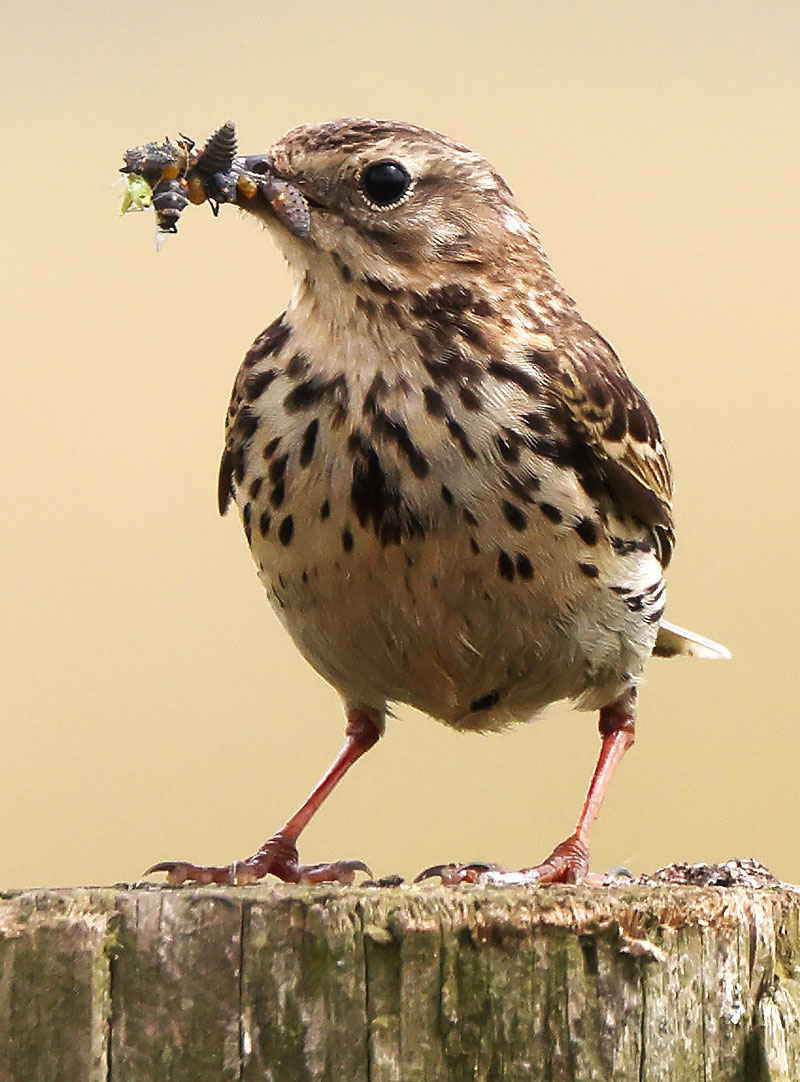July 2021
29th. I showed Kurt around some of the botanical sites in the Gorge. There is some autumn squill flowering in the rockery at the bridge, and a wall lizard was nearby. Most of the plants are past their best now. We saw ploughman's spikenard on St Vincent's Rocks. Dark mullein and autumn squill below.
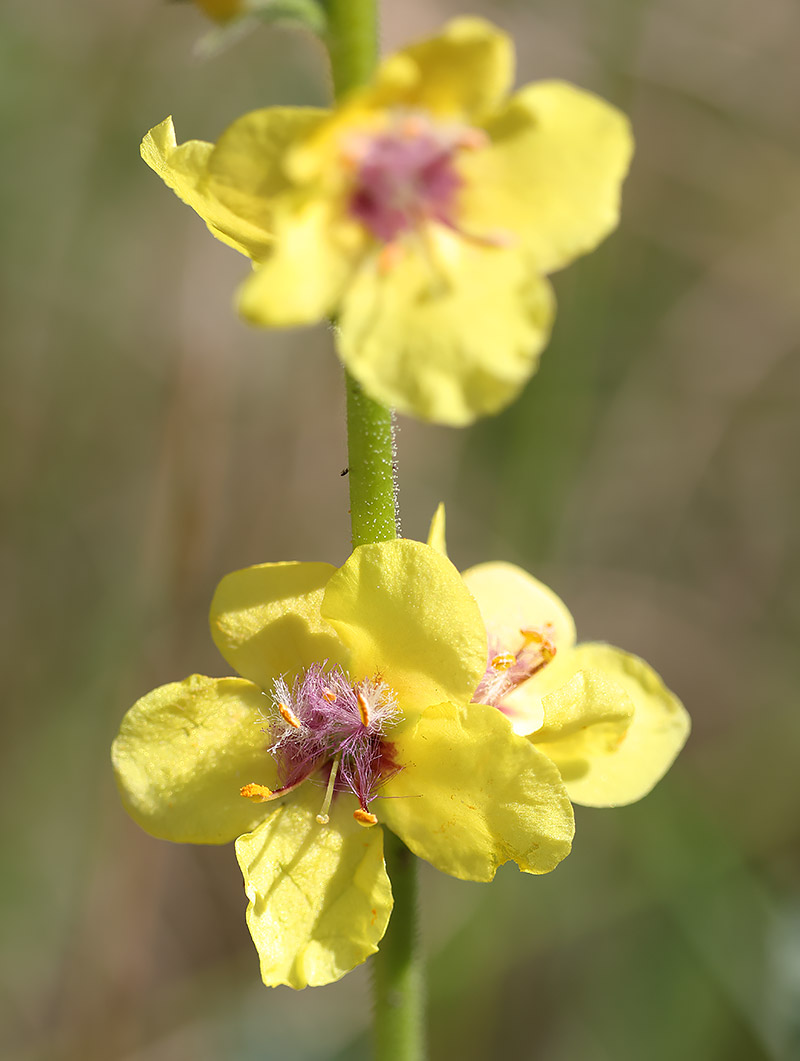
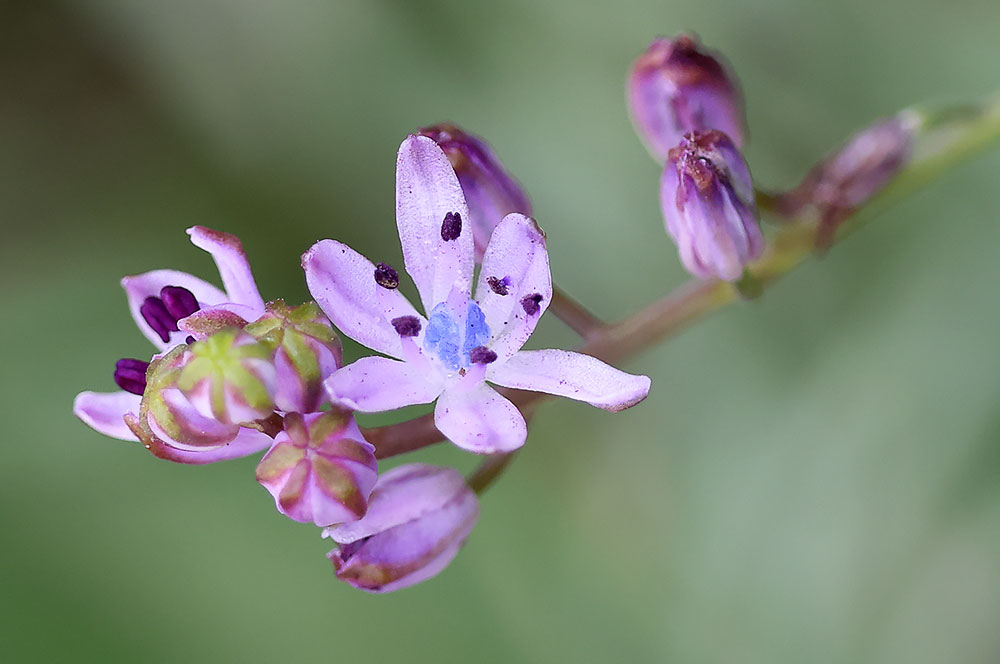
We then went to look for the green-flowered helleborine nearby, and Kurt managed to find 2 flowering plants, though one had the spike damaged. Here's the intact one.
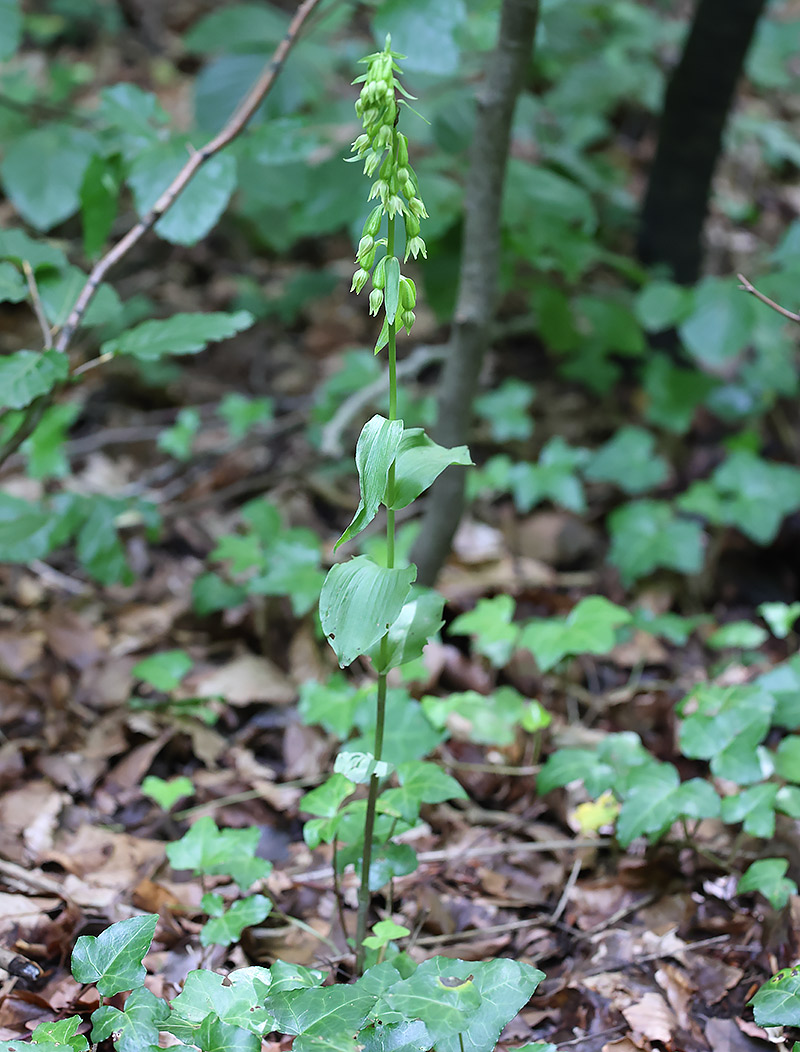
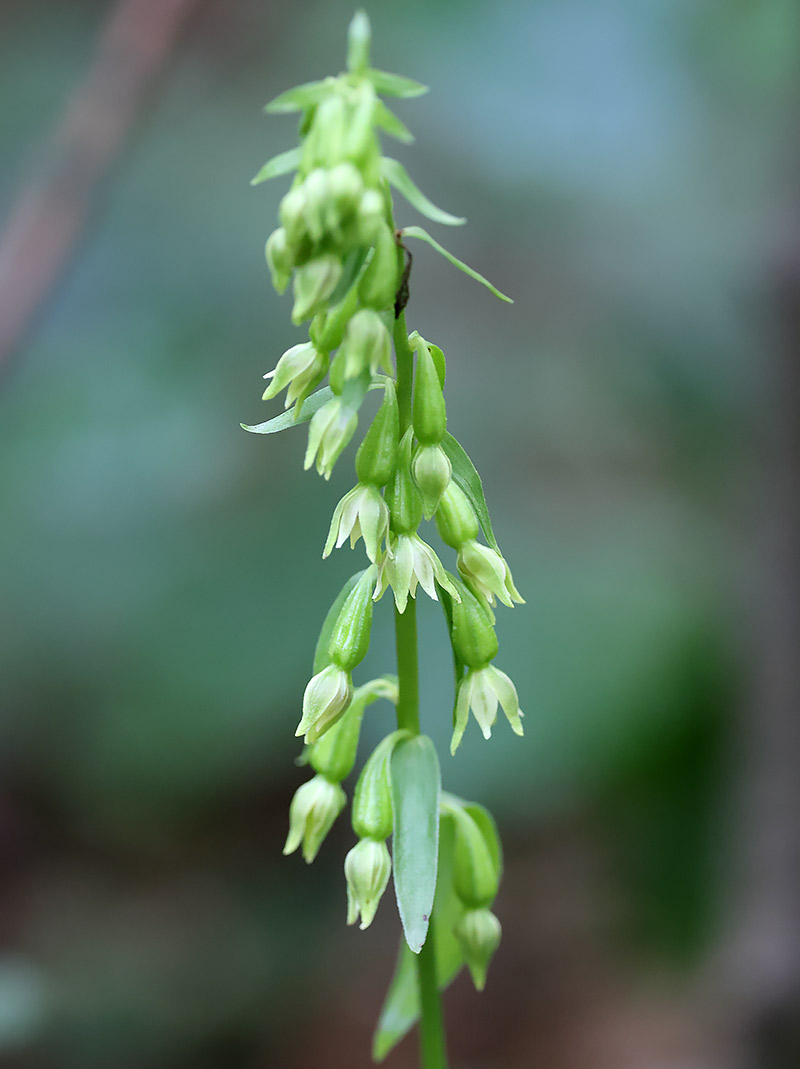
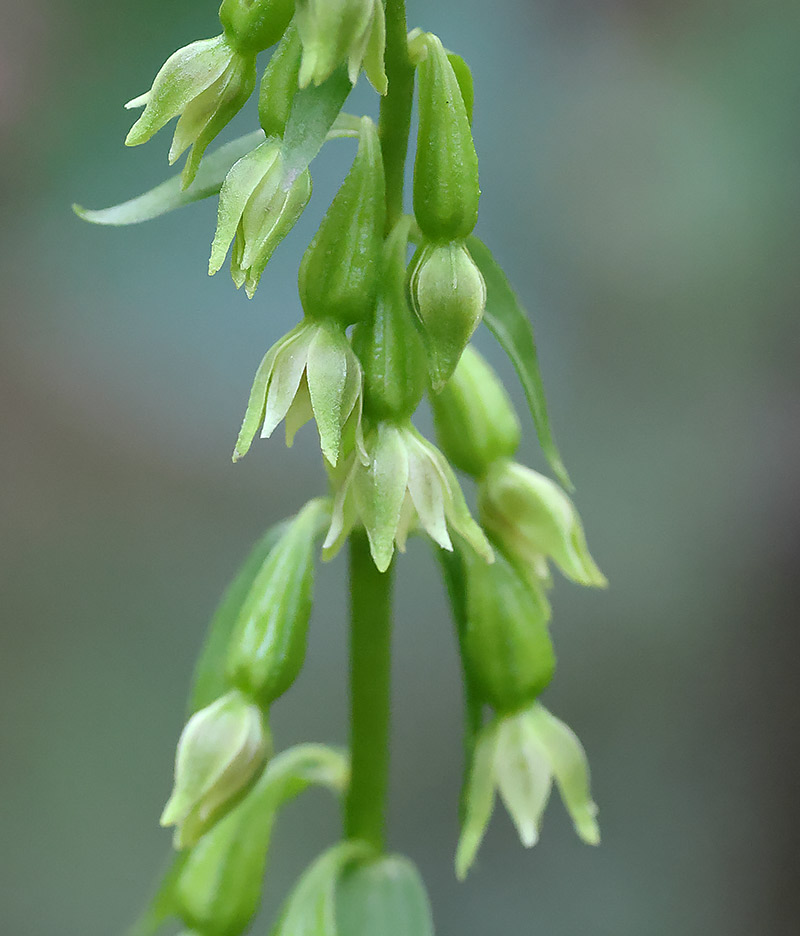
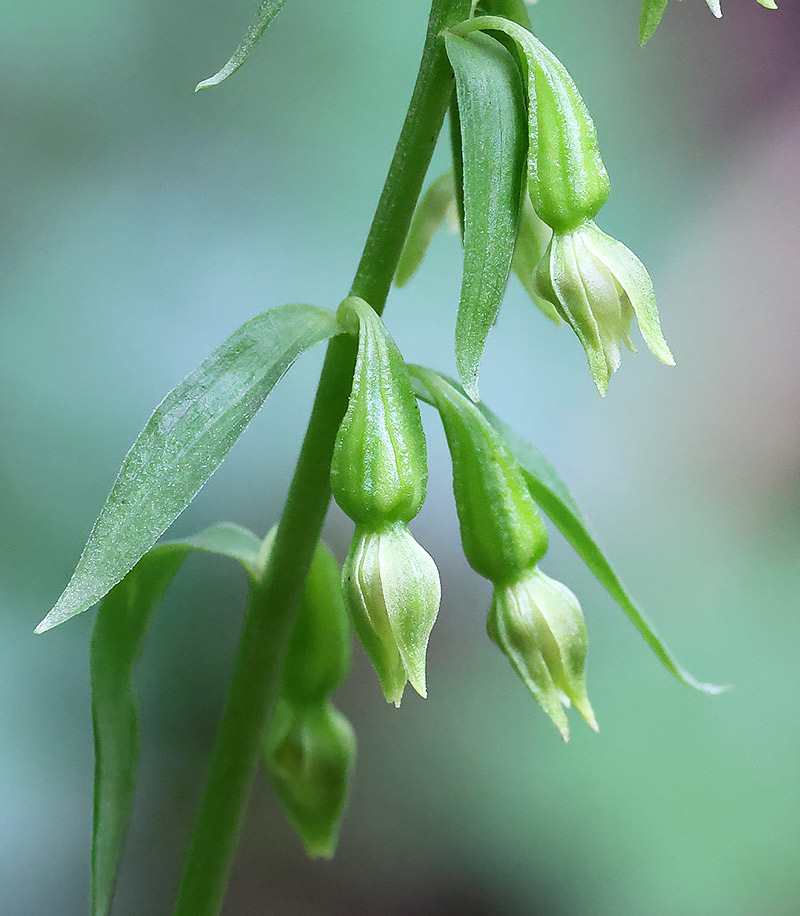
26th. A big grass snake crossed the path through Blaise Castle Estate.
Avon Gorge. There are now at least 9 goats (10?) in the gully following the arrival of four of the characters from Great Orme. The young peregrines are practising stooping.
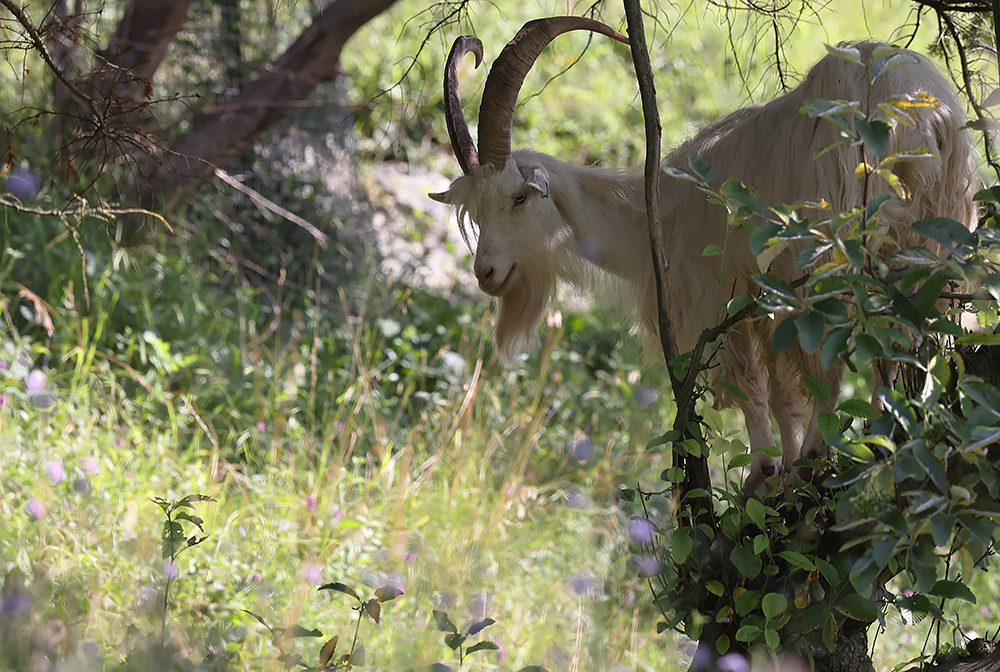
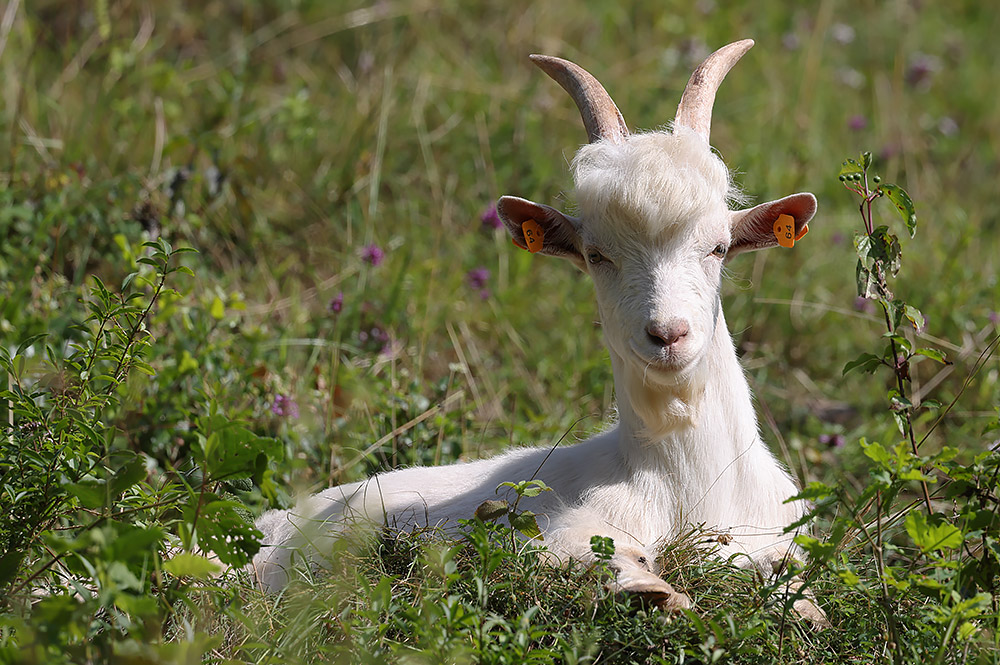

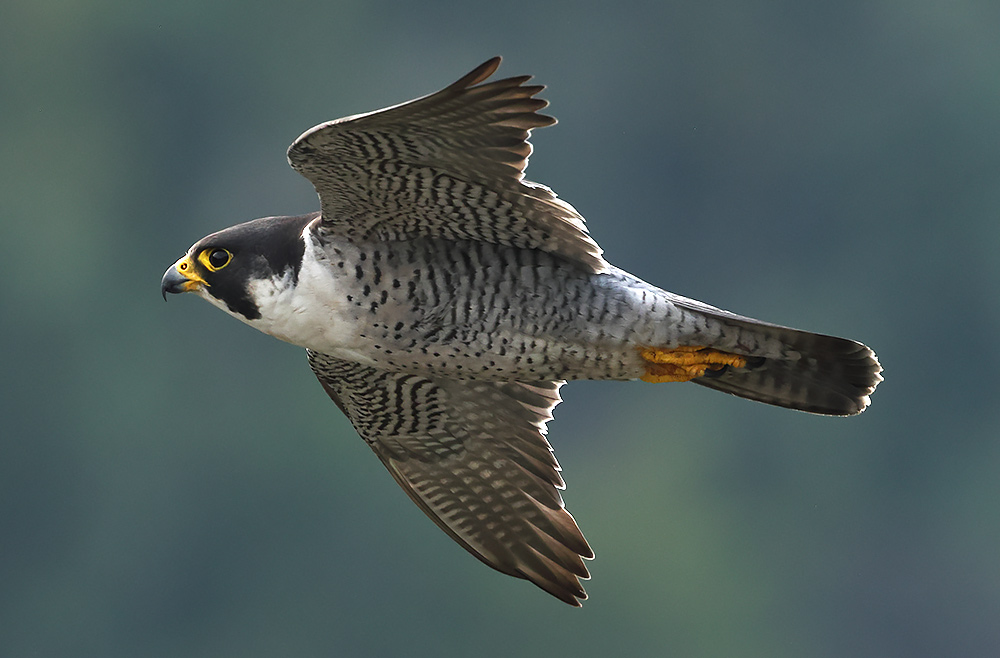
22nd. Second-generation holly blues on the wing in the garden.
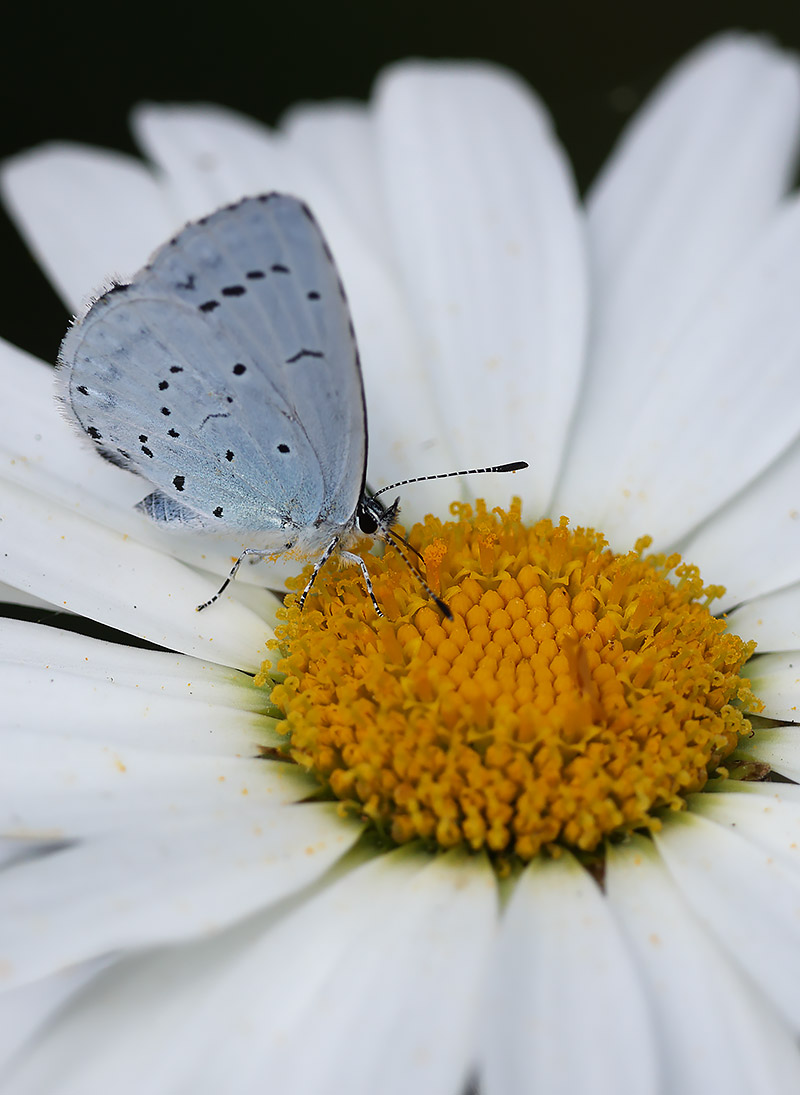
17th. A box-tree moth (below) flying in the garden at Bishopston. This invasive species arrived in Britain from south-east Asia in 2007 and can decimate box bushes. Second generation holly blue flying now too.
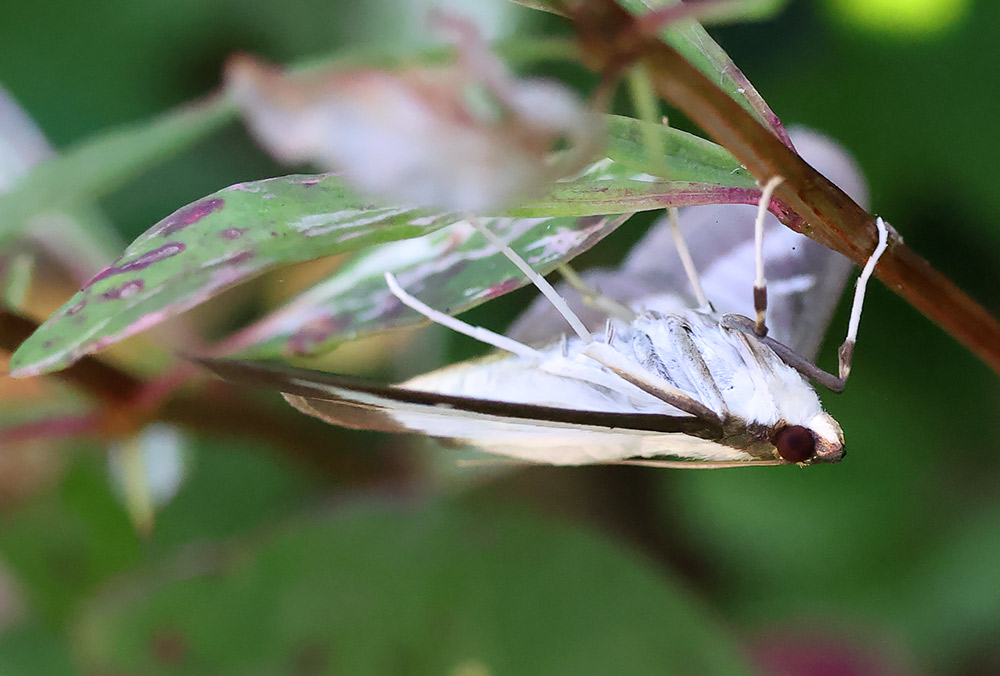
15th. Knepp Wildland. Old English longhorn with calf. The ragwort is left for pollinators, and the herbivores seems fine with ample alternative grazing. The cattle are not treated with antihelminthic drugs, and the cowpats become rich with insect life.

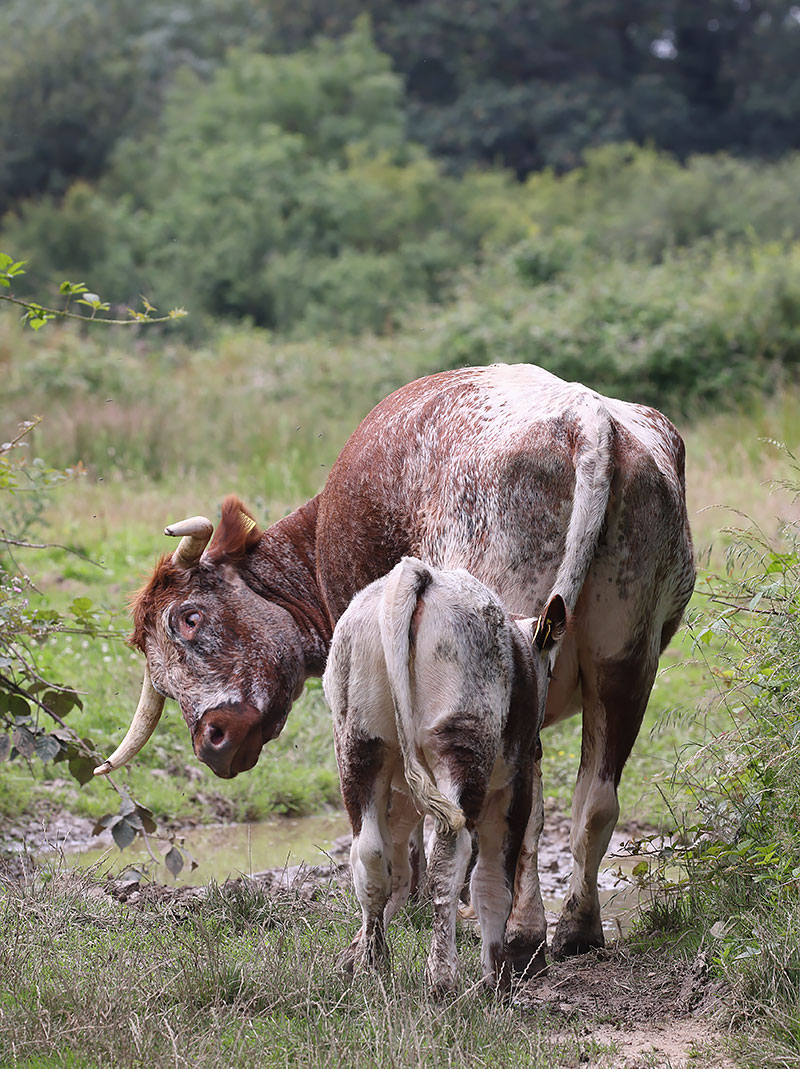
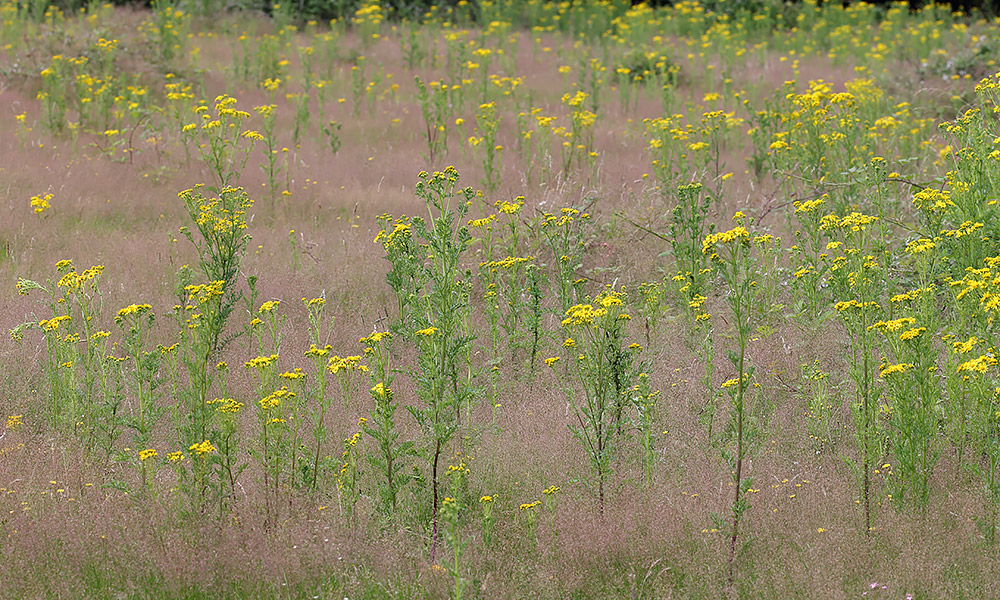
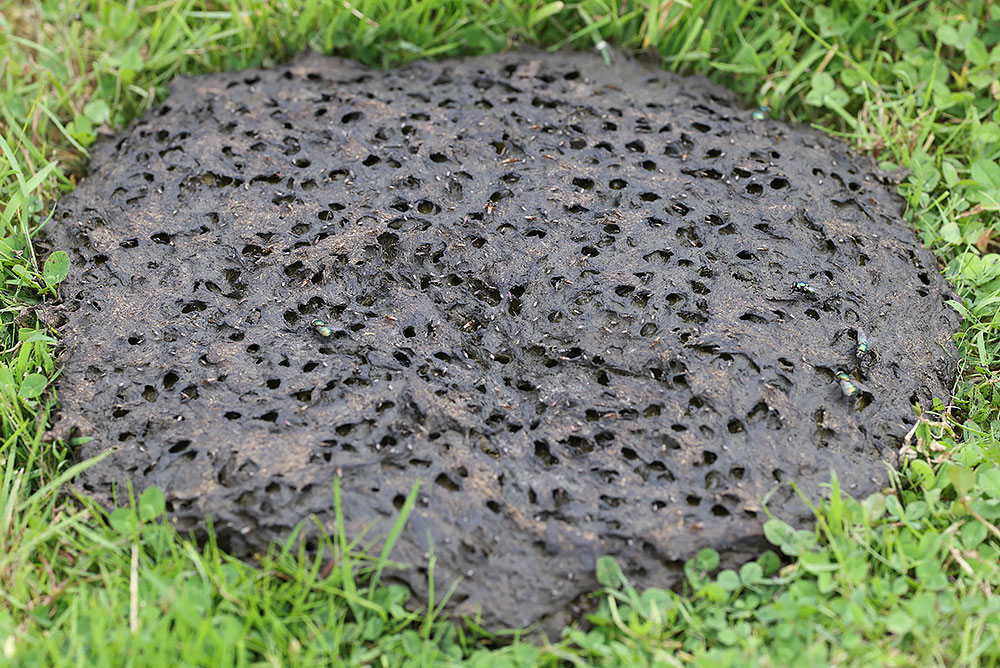
The main reason for going was to see the purple emperors. The flight season is late this summer, and 40 males were seen the day we visited. We saw seven. At one spot males landed on the sallow after occasionally flying around an oak master tree nearby. The wing shot is from a male in a hedge - its left eye spot was missing, so presumably the butterfly had been attacked by a bird with the eye spot acting in deflection.
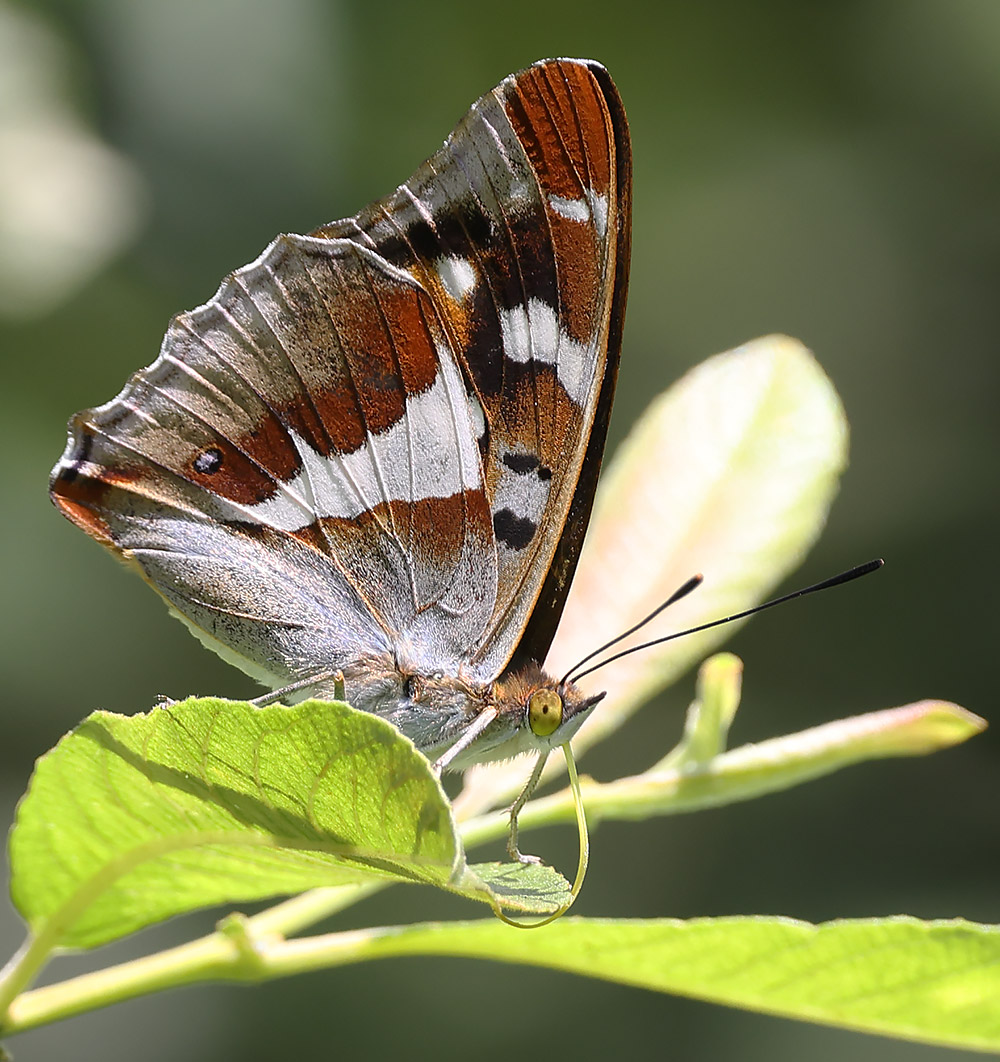
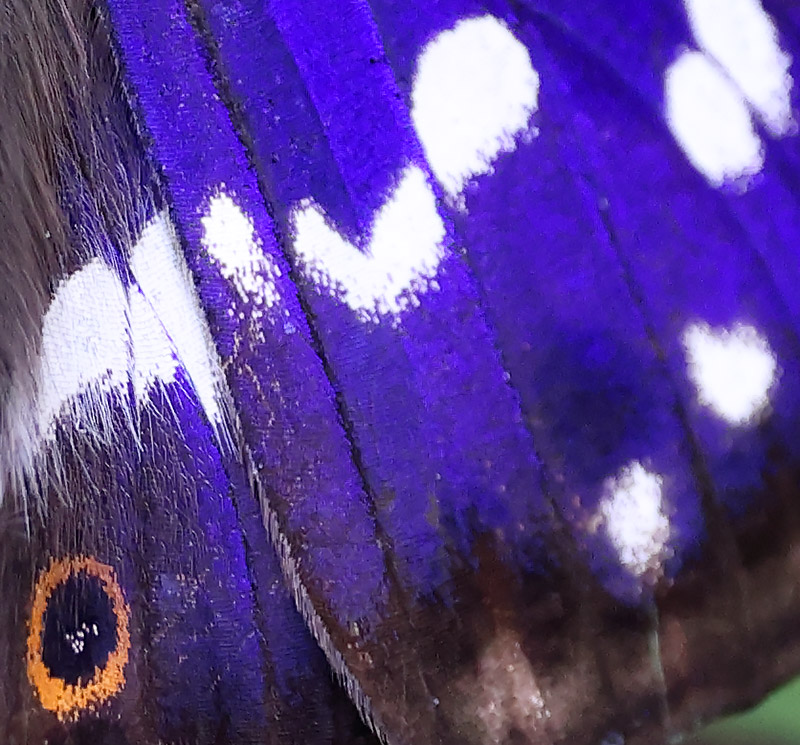
We also saw a red kite, purple hairstreak, silver-washed fritillary, a clouded yellow and this male ruddy darter dragonfly.
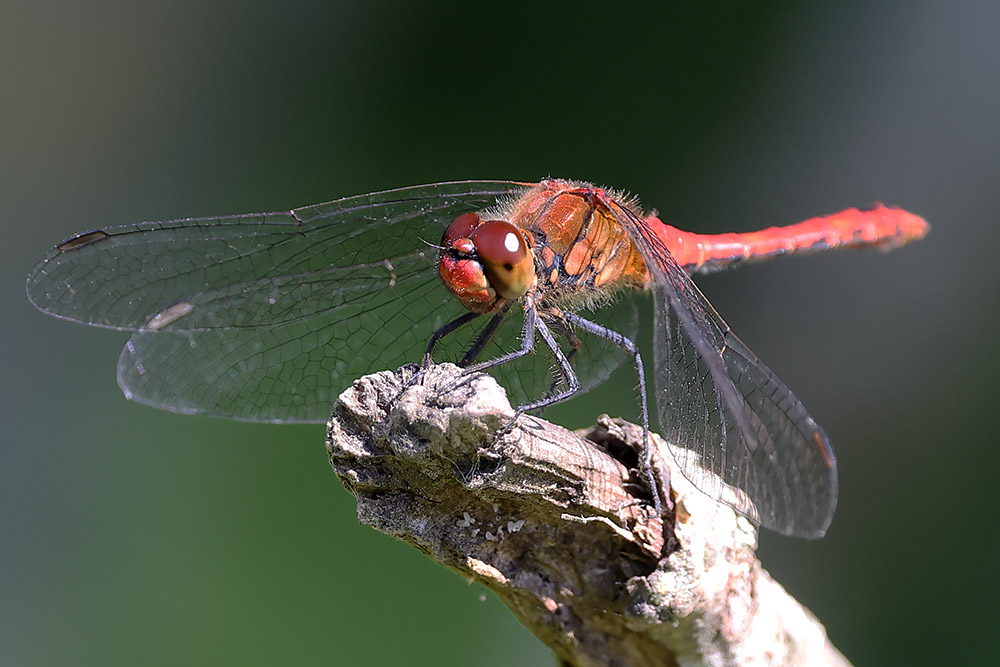
In the afternoon Martha spotted a stag beetle on the lawn at Hetty's parents' house in Lyminster.
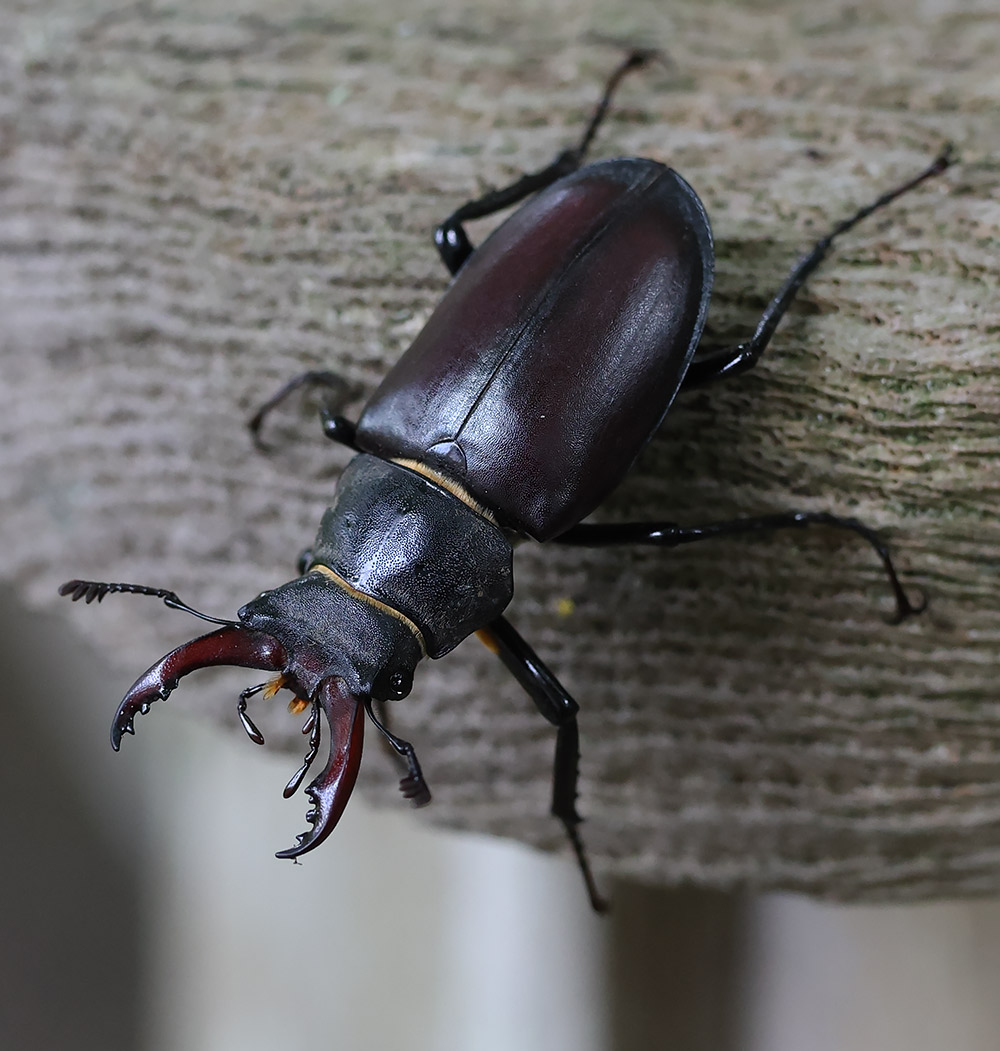
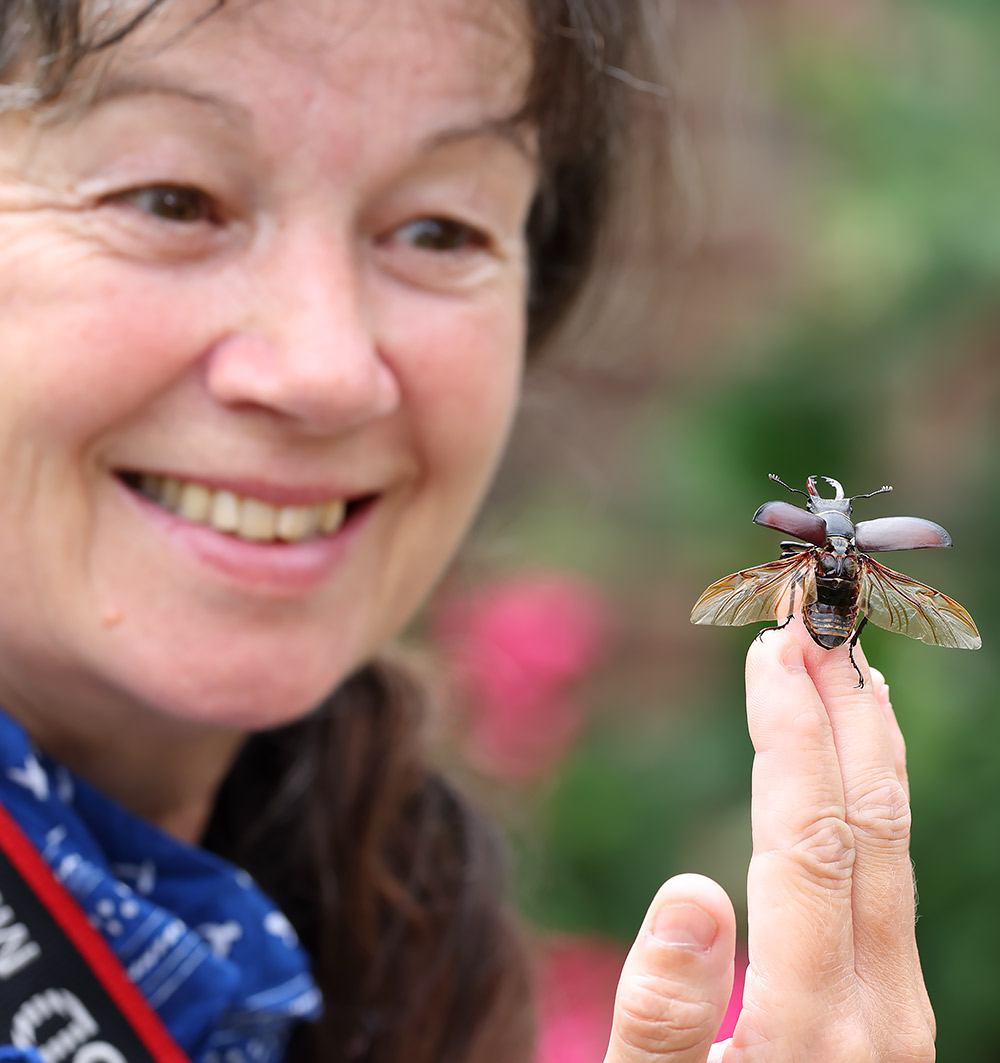
14th. Small skipper on the Downs.

13th. A family of foxes in the Avon Gorge.
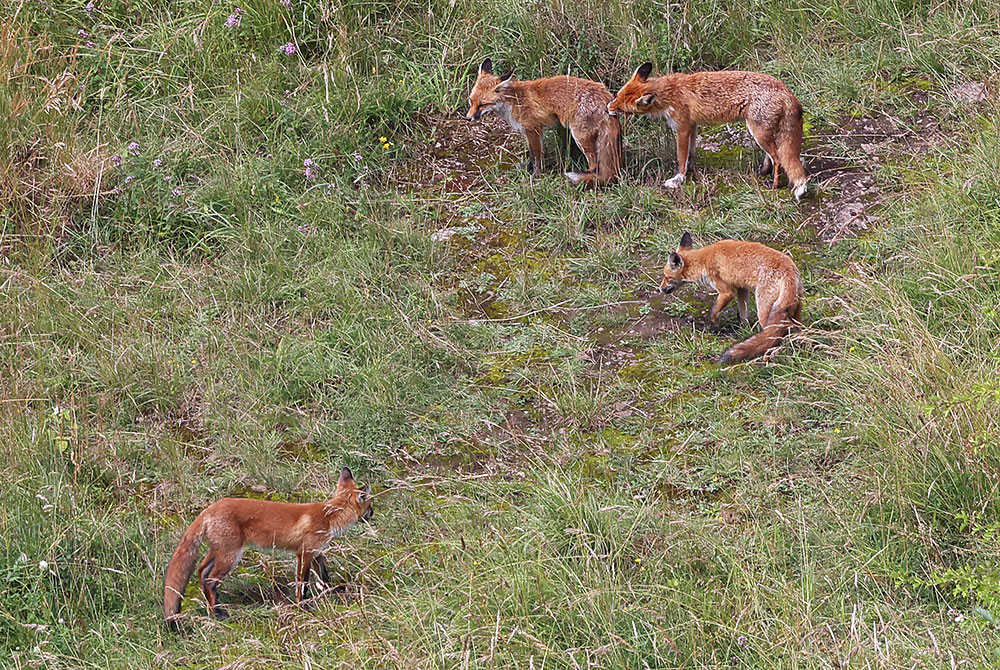
Dropwort, wood sage and betony on the Downs.
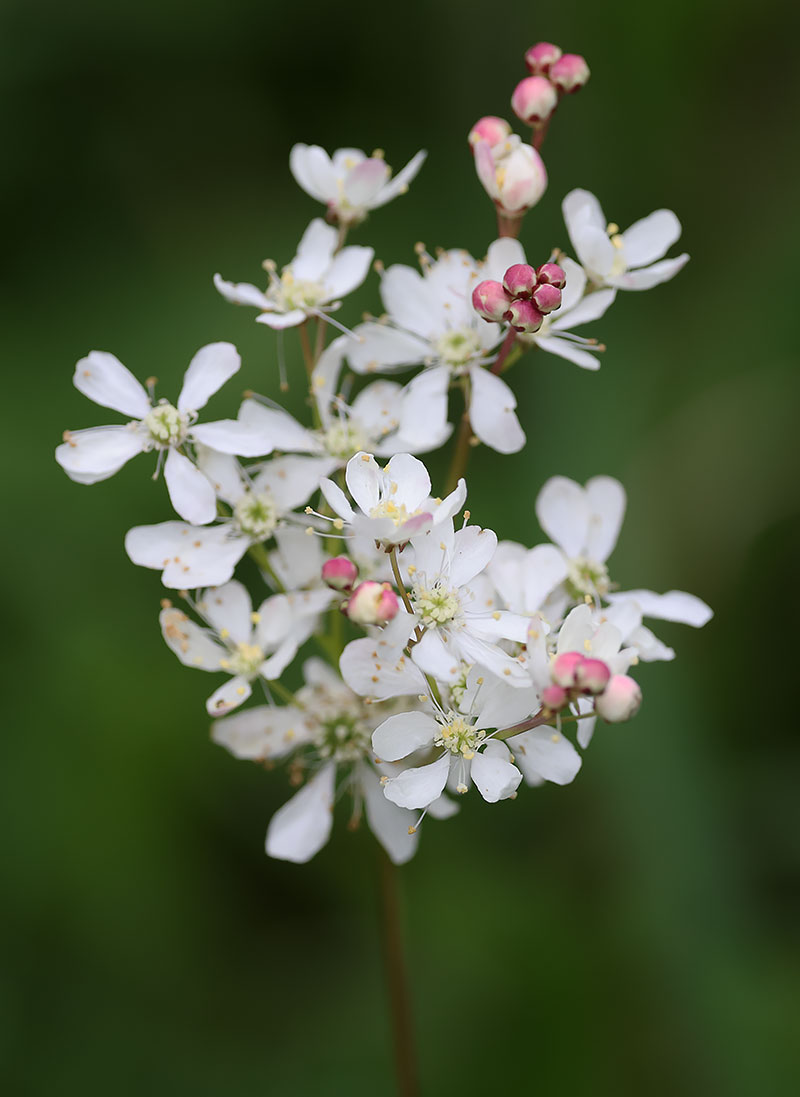
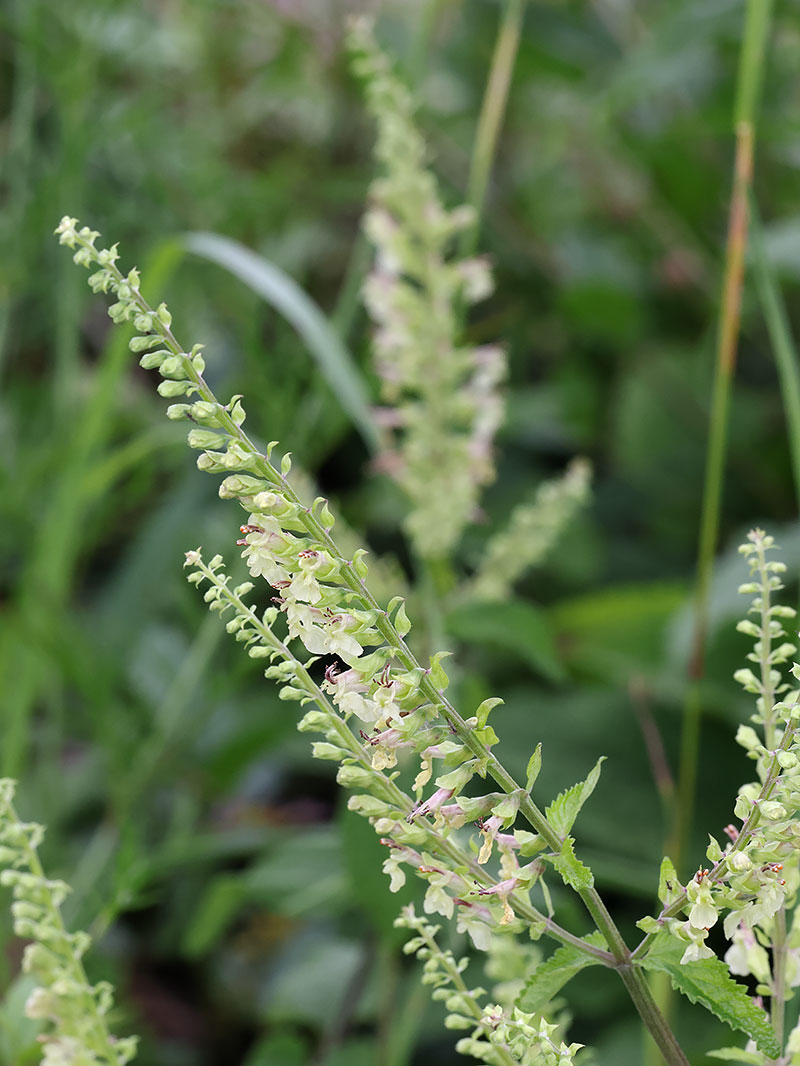
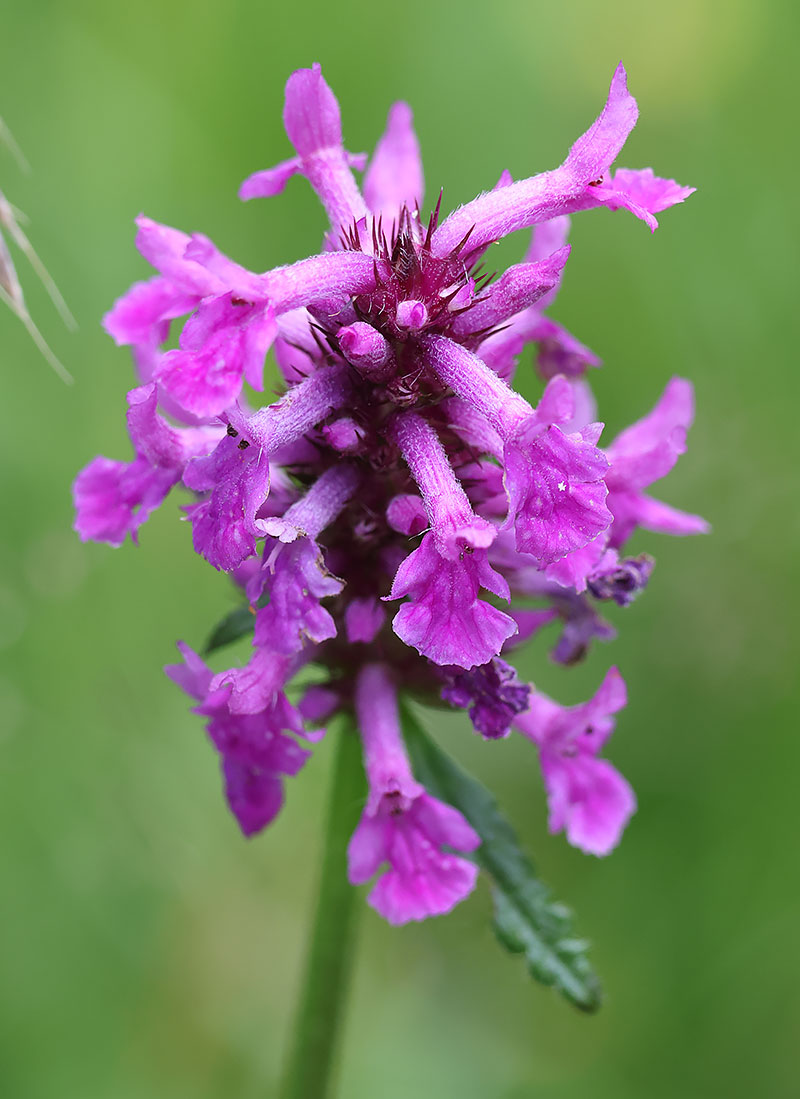
Common blue.
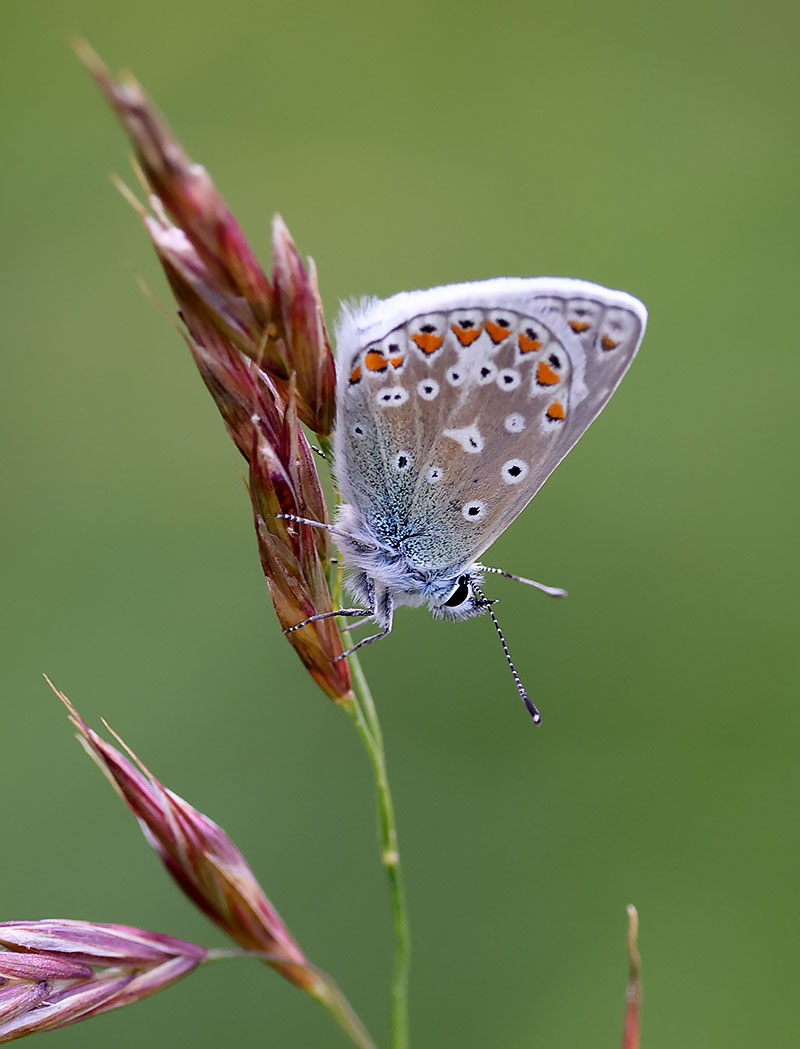
Bad and good sides of the Avon Gorge. There were two wall lizards near to where I took the speedwell photo.




11th. Butterflies on the Downs include marbled white, ringlet and gatekeeper.
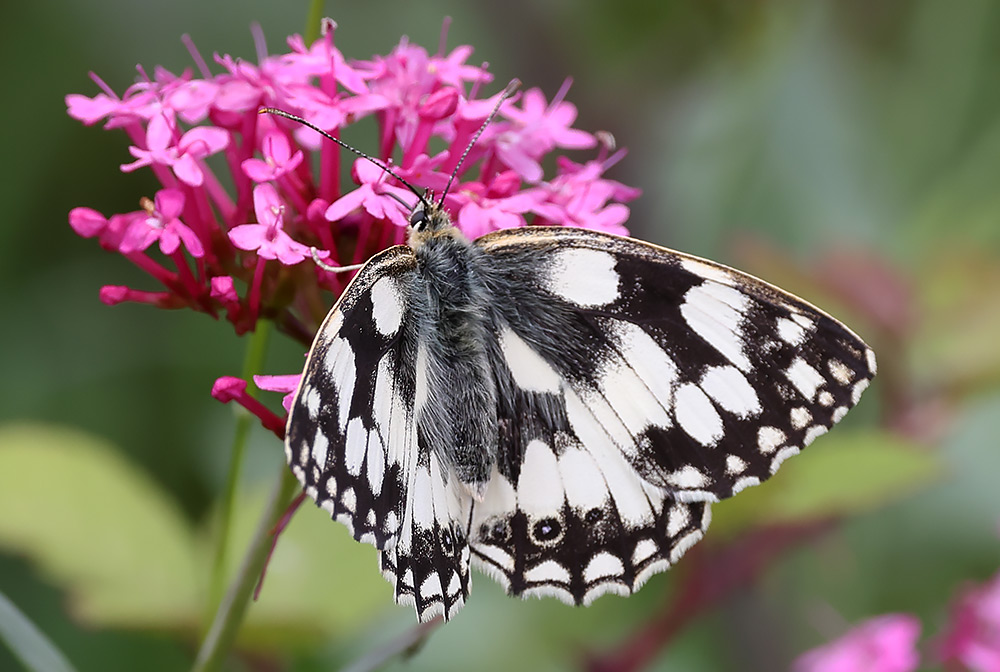
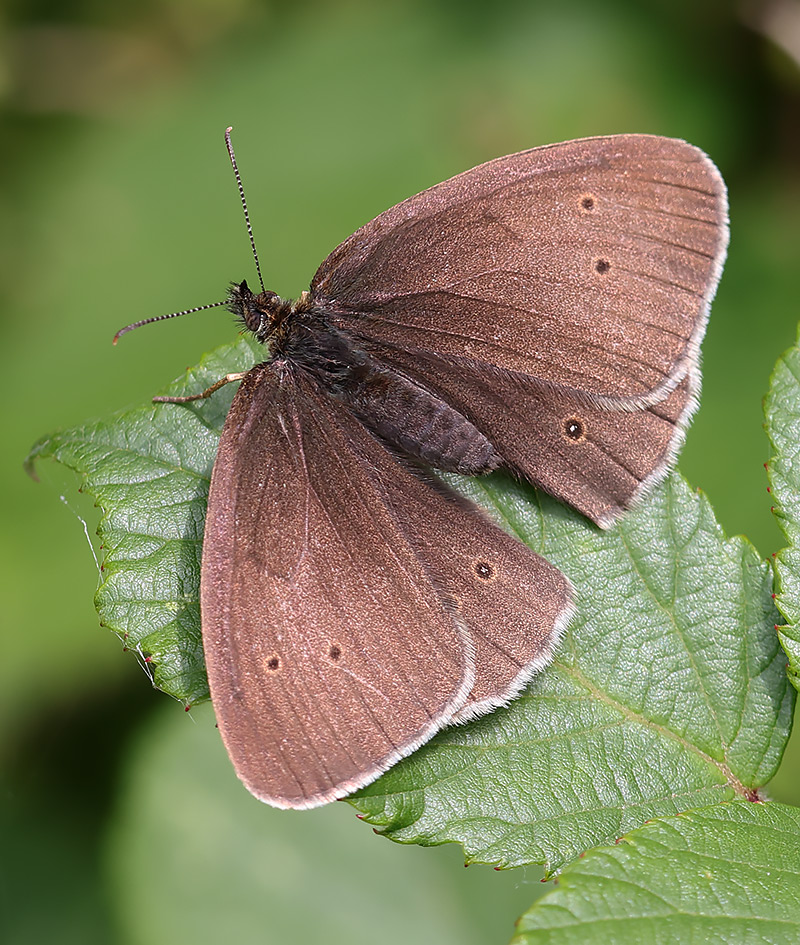

Spotted longhorn Rutpela maculata.
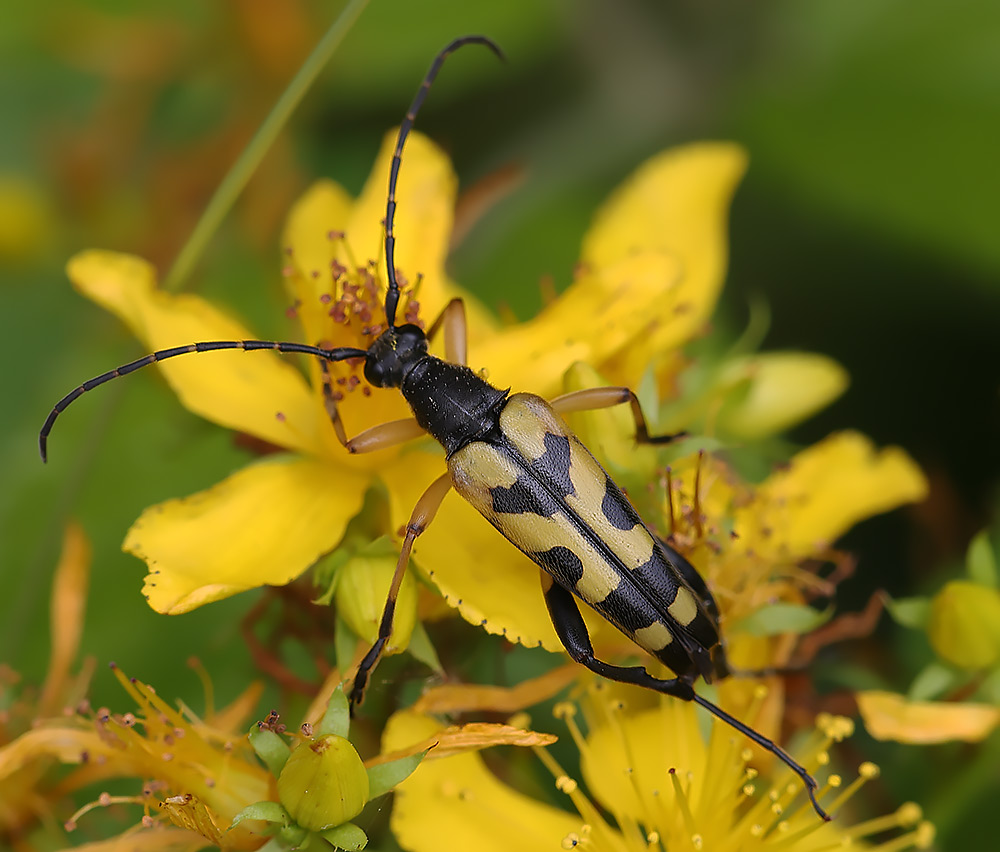
I found pale St John's-wort with the black glands on its sepals along the firecrest track, and vervain above the gully.
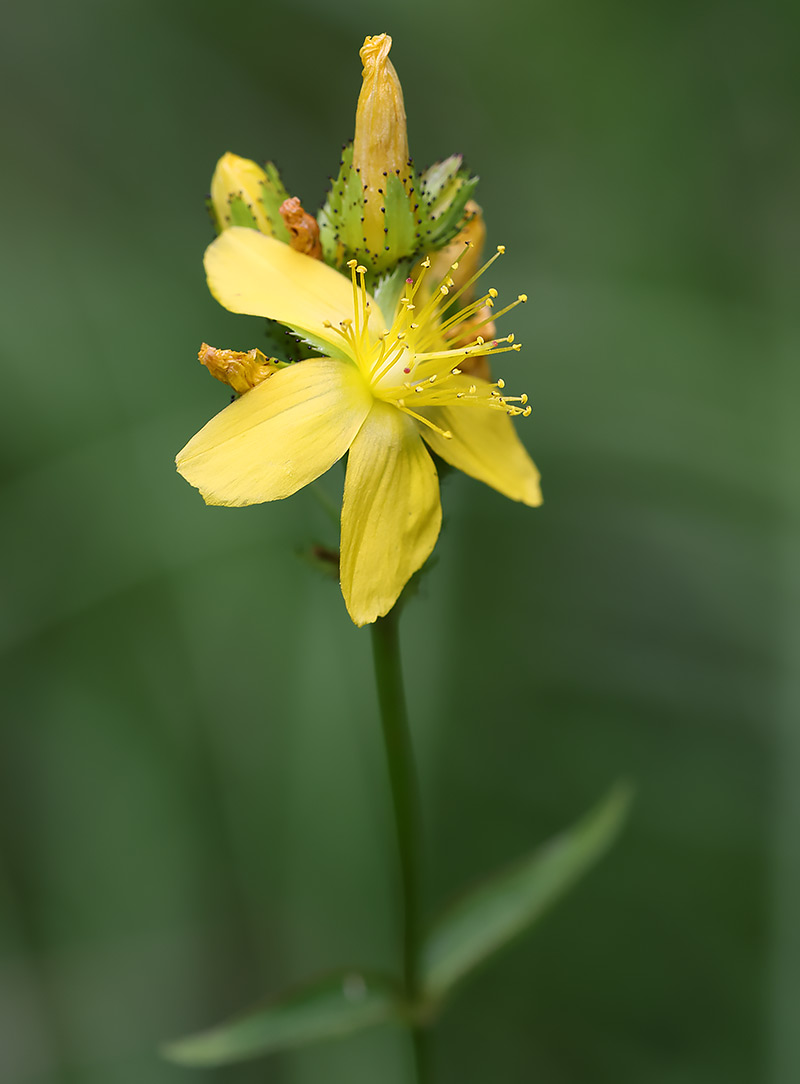
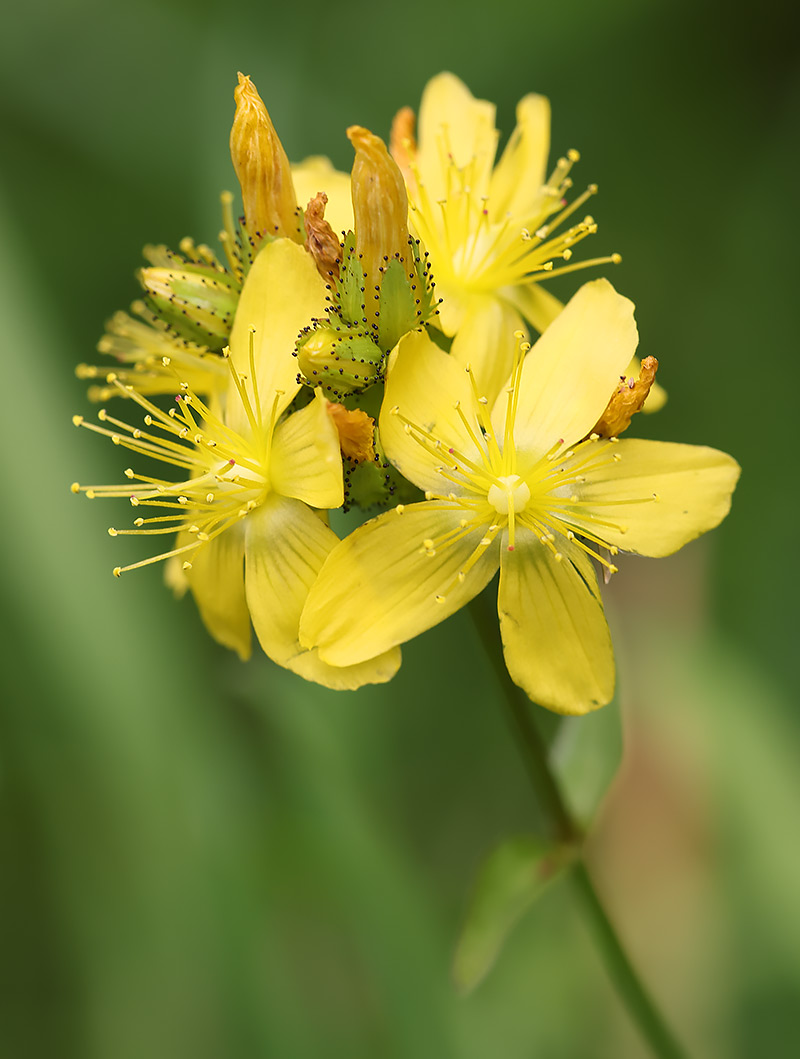
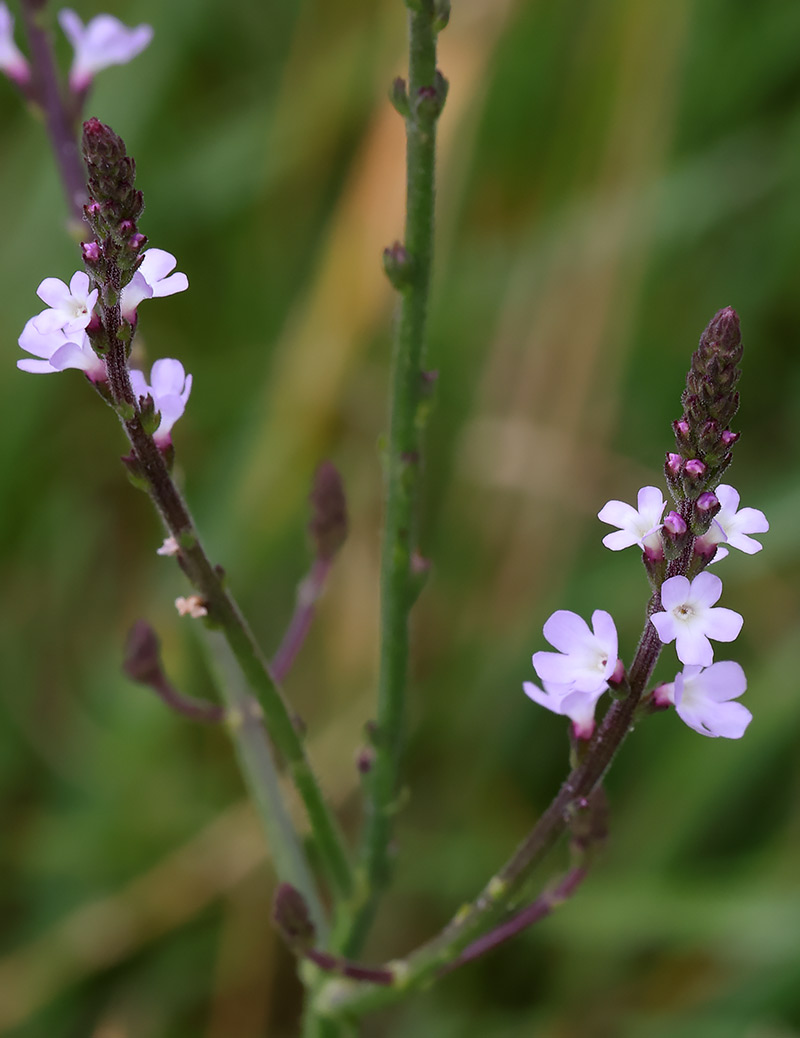
The alliums continue to fascinate me: field garlic is widespread. It invests differentially in bulbils and flowers in relation to its ploidy levels. Or could this be early-satge keeled garlic, which became widespread in August?
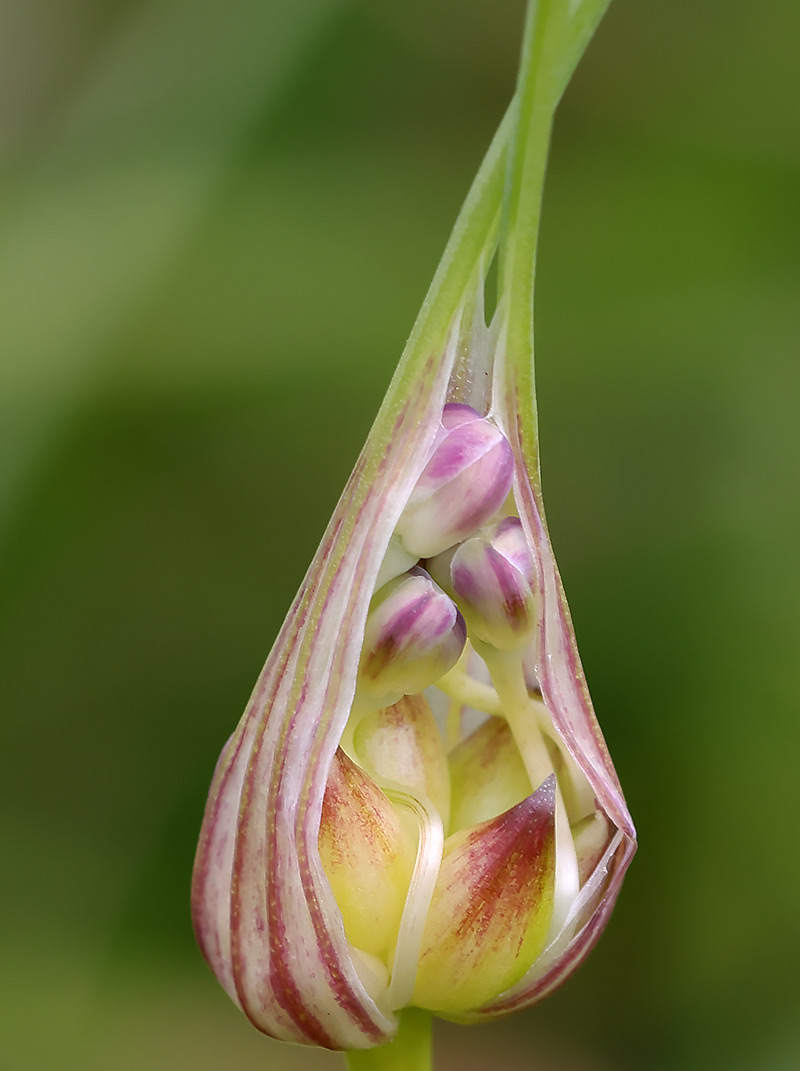
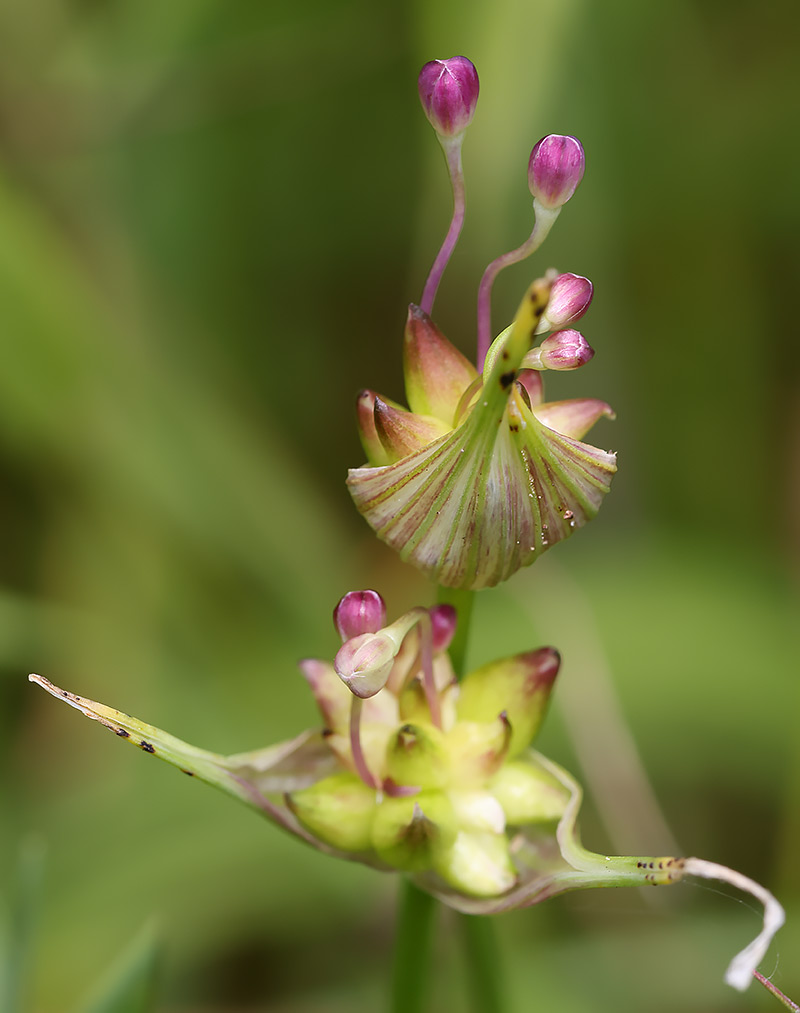
Wild onion, or crow garlic can be confused with the Bristol onion but is not so purple and has bulbils.
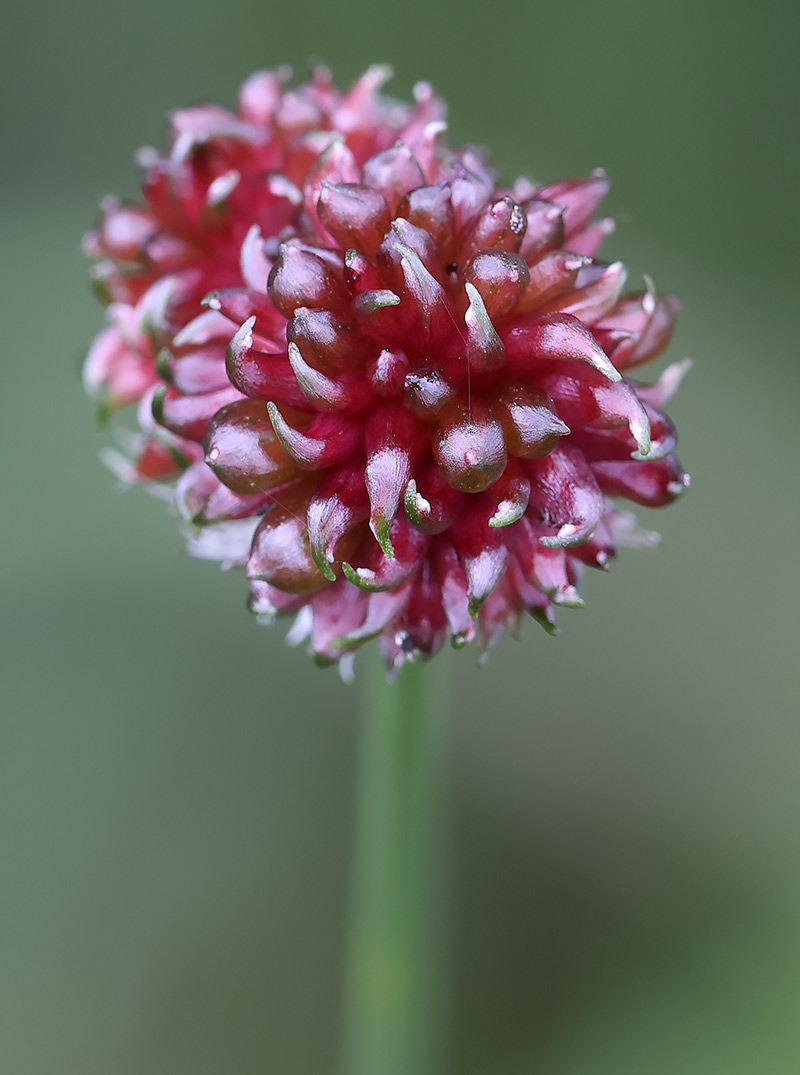
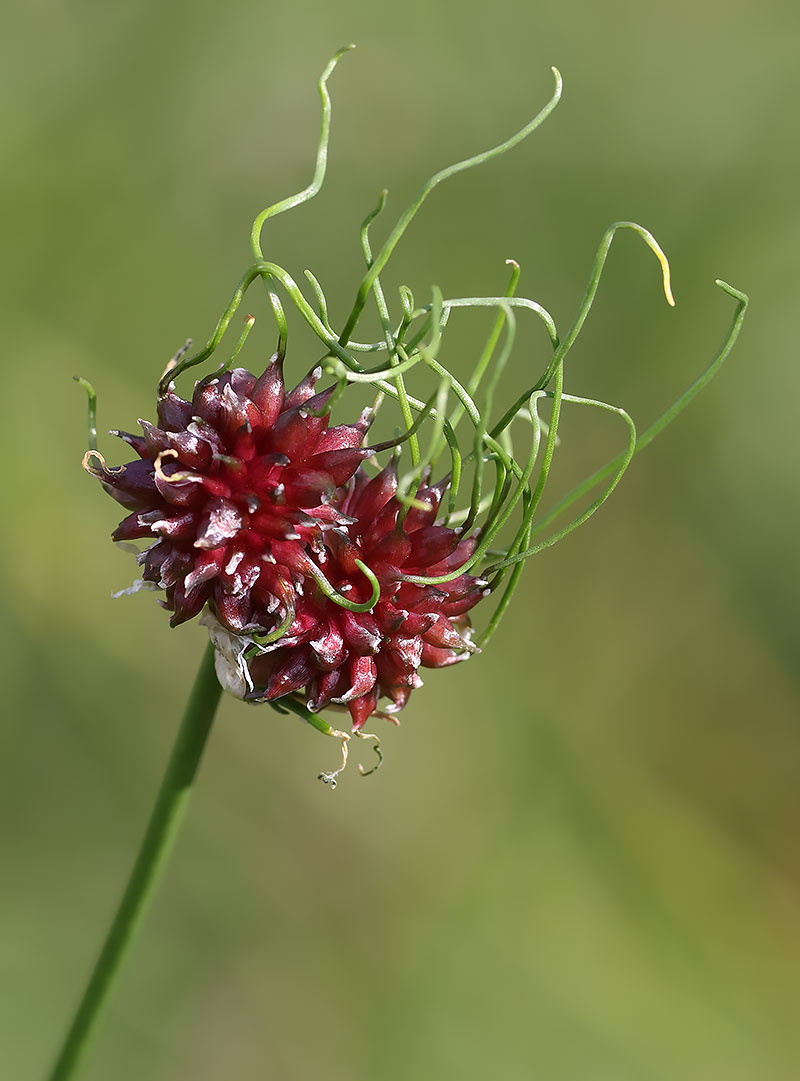
This red-tailed bumblebee visited the Bristol onions.
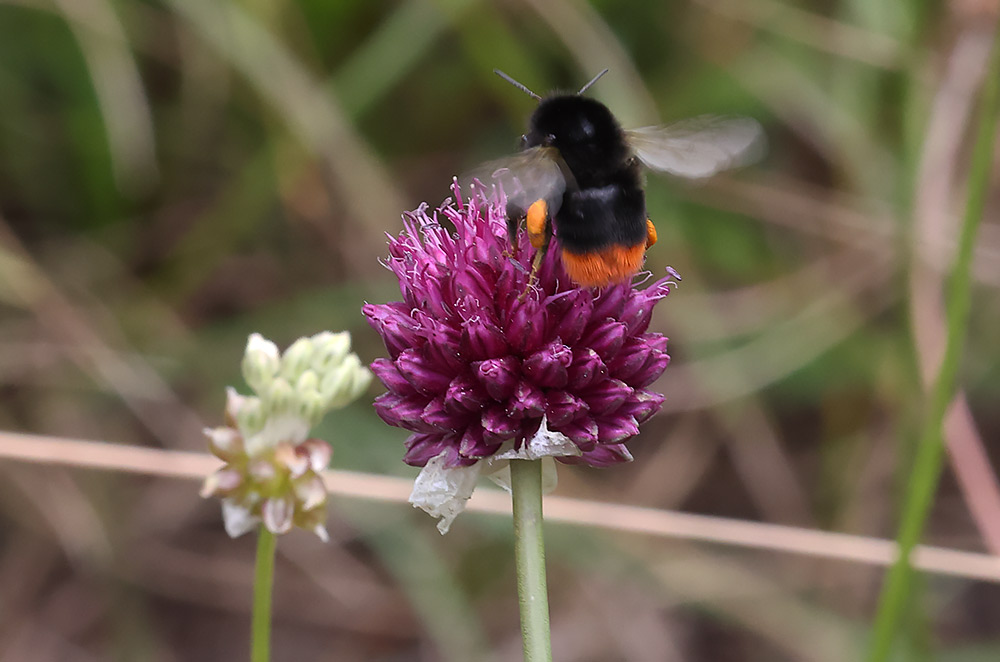
10th. Back to the Downs and Avon Gorge. The stamens on the Bristol onions are showing now.
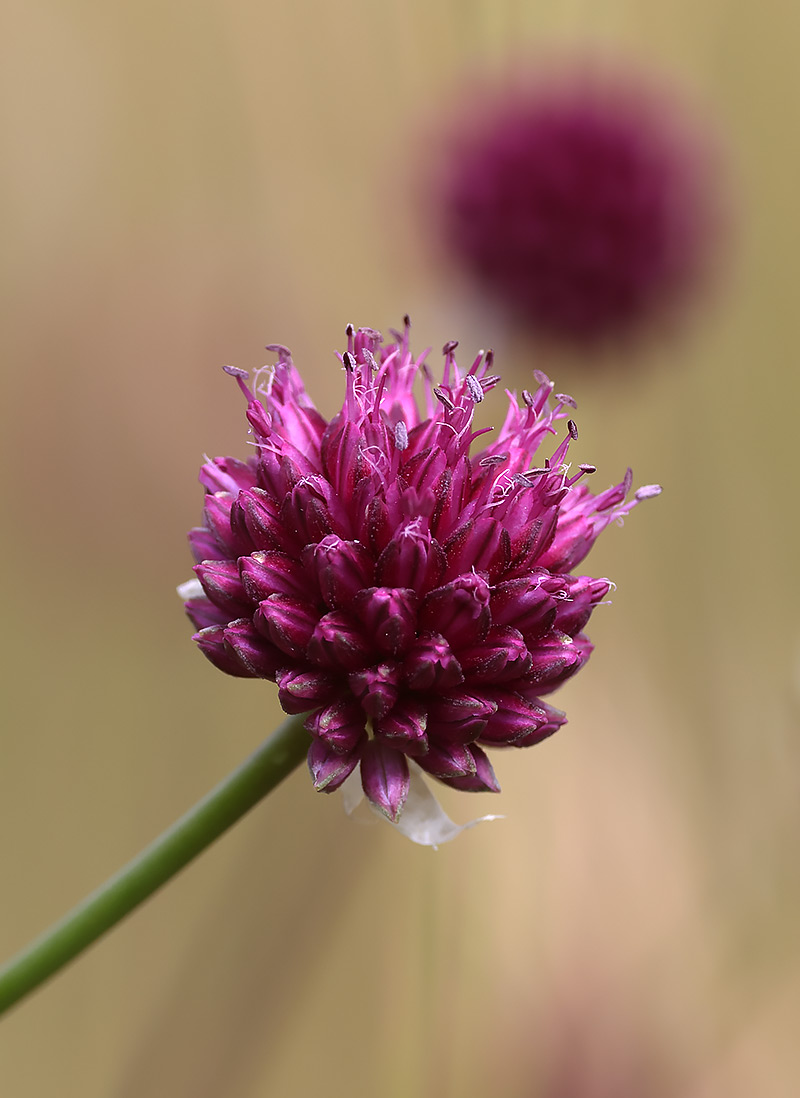
I was shown the introduced keeled garlic in bud.
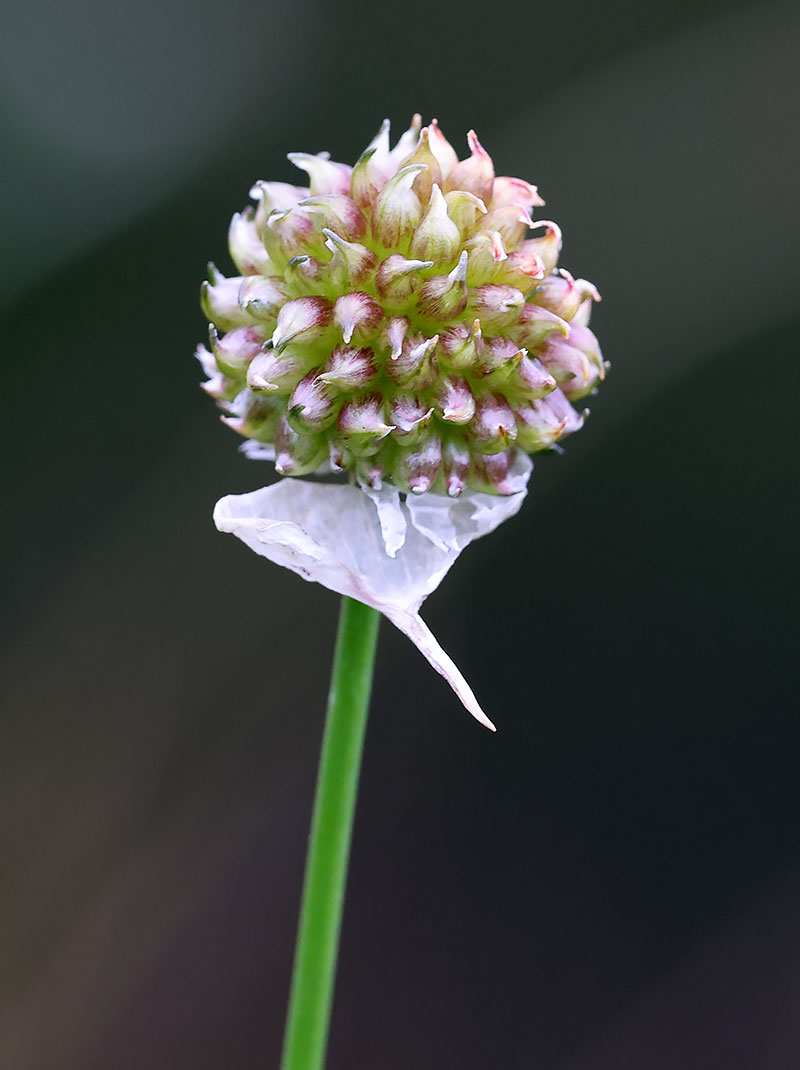
The meadows on the Downs are very colourful, with lots of knapweed.
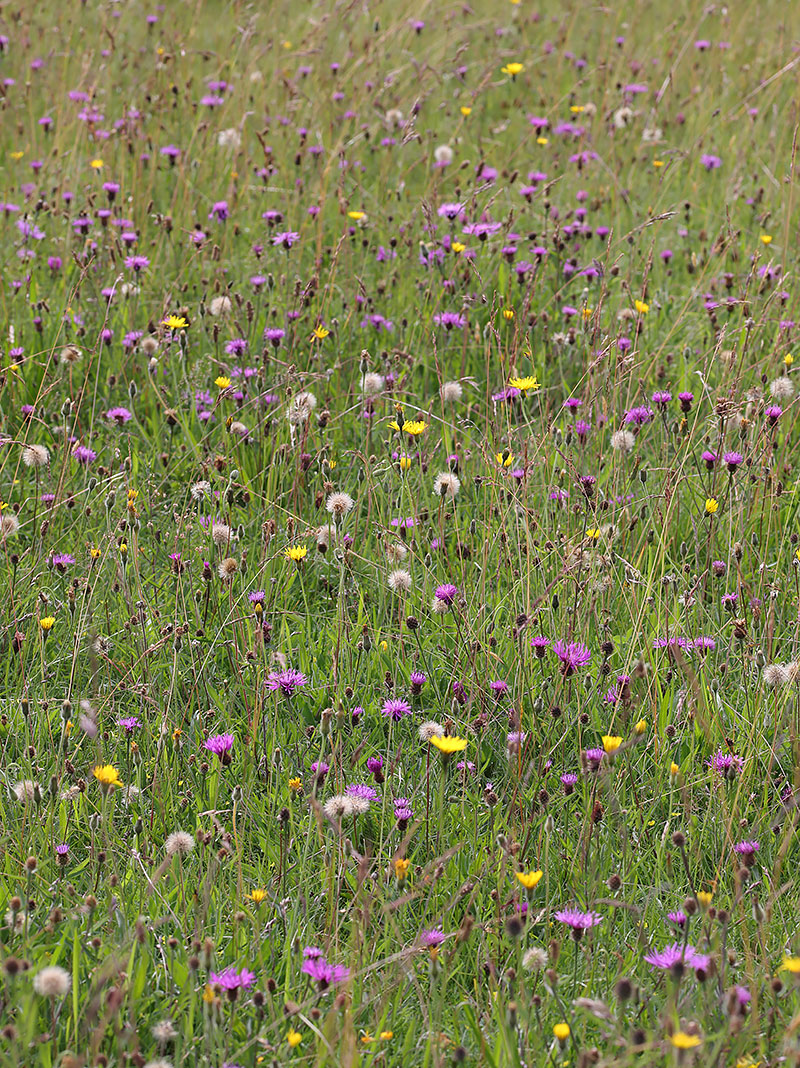
9th. UoB Botanic Gardens. Close up views of the Bristol Onion, also other Avon Gorge specialties including large thyme and we saw pale St John's-wort with black glands on the sepals, preparing me to find it on the Downs a few days later.
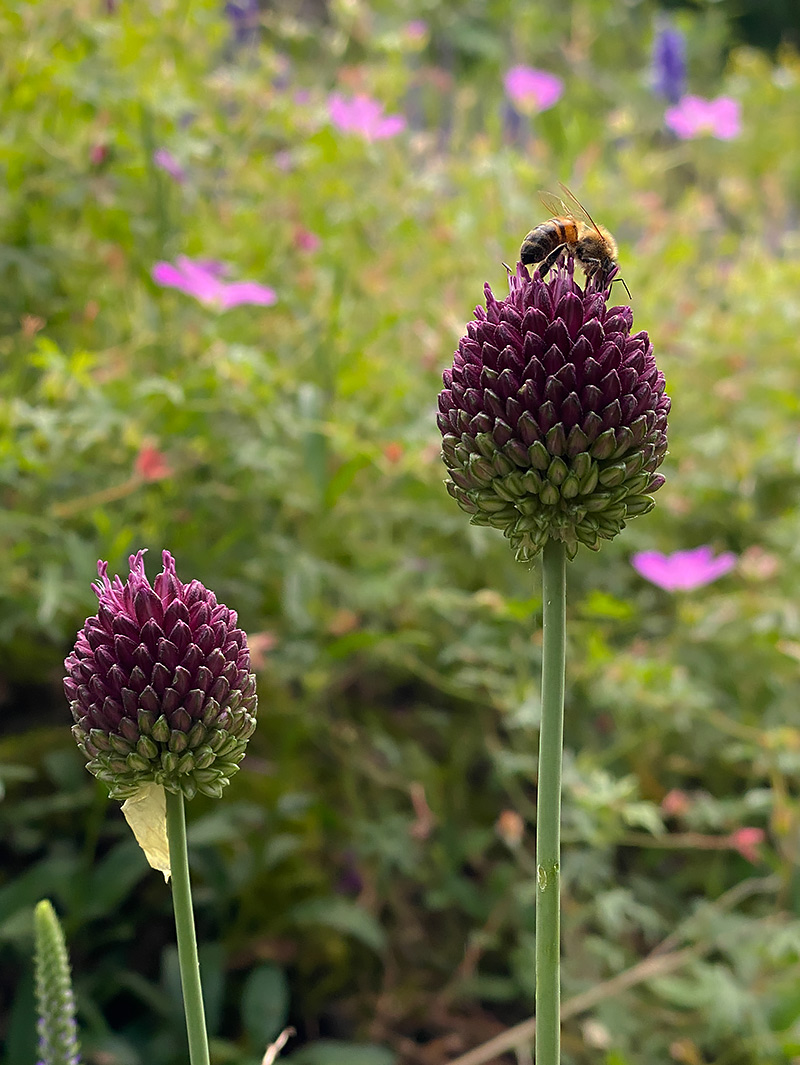
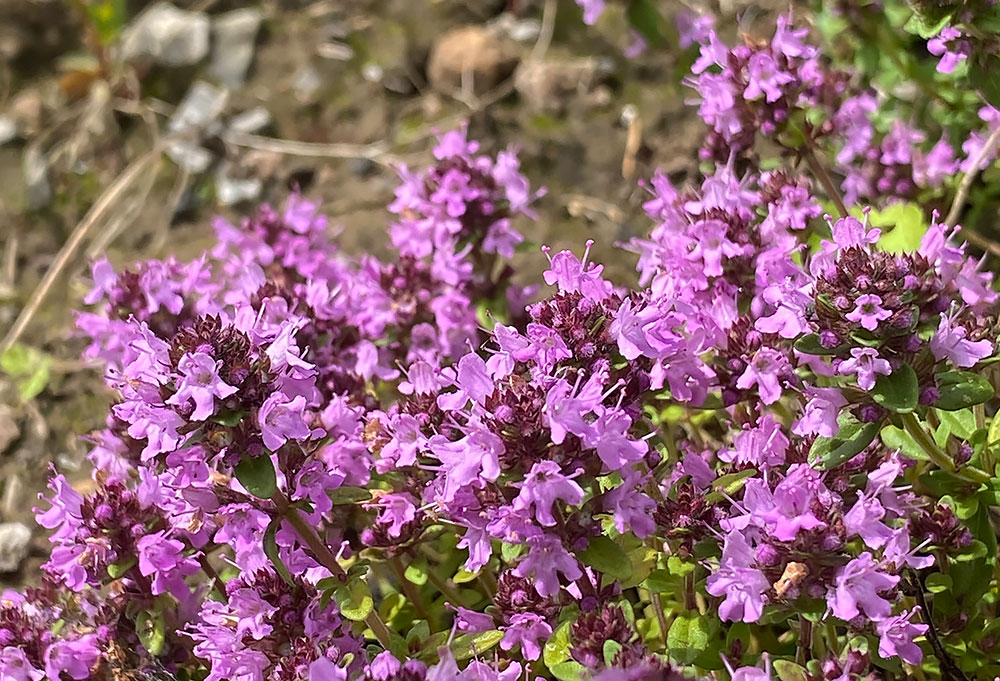
We also saw Babington's leek in flower, with its characteristic head of secondary flowers, and the white rock-rose, found only on Brean Down and Berry Head in the UK. Babington's leek is a hexaploid, reproduces clonally, while the sexually reproducing wild leek is a tetraploid.
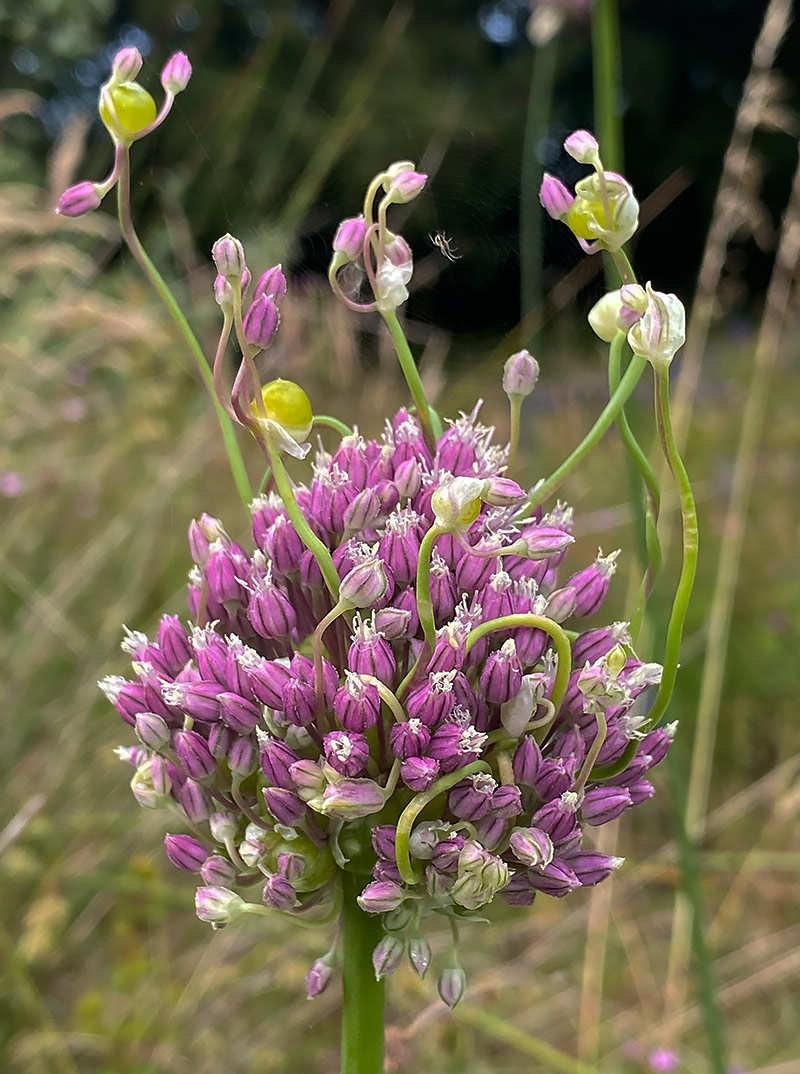
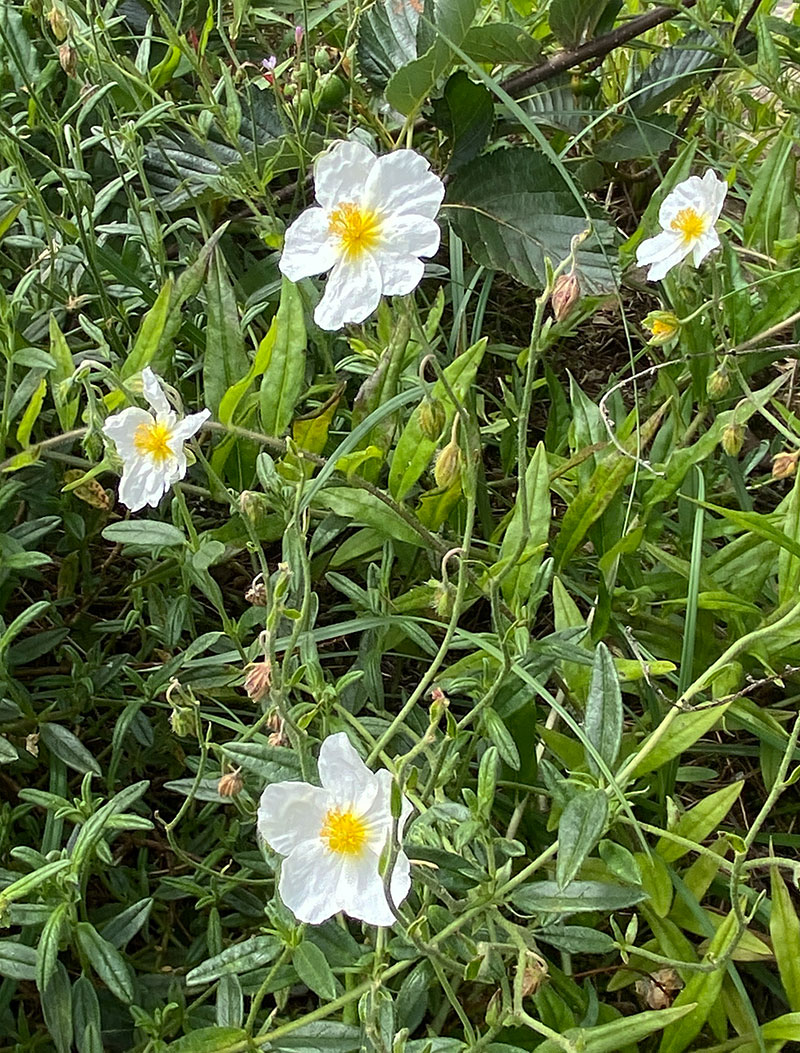
8th. The goat gully in the Avon Gorge - lots of common rock- rose, wood sage, and wild marjoram (below). The goats graze the gully to prevent the rare plants found there being overgrown.
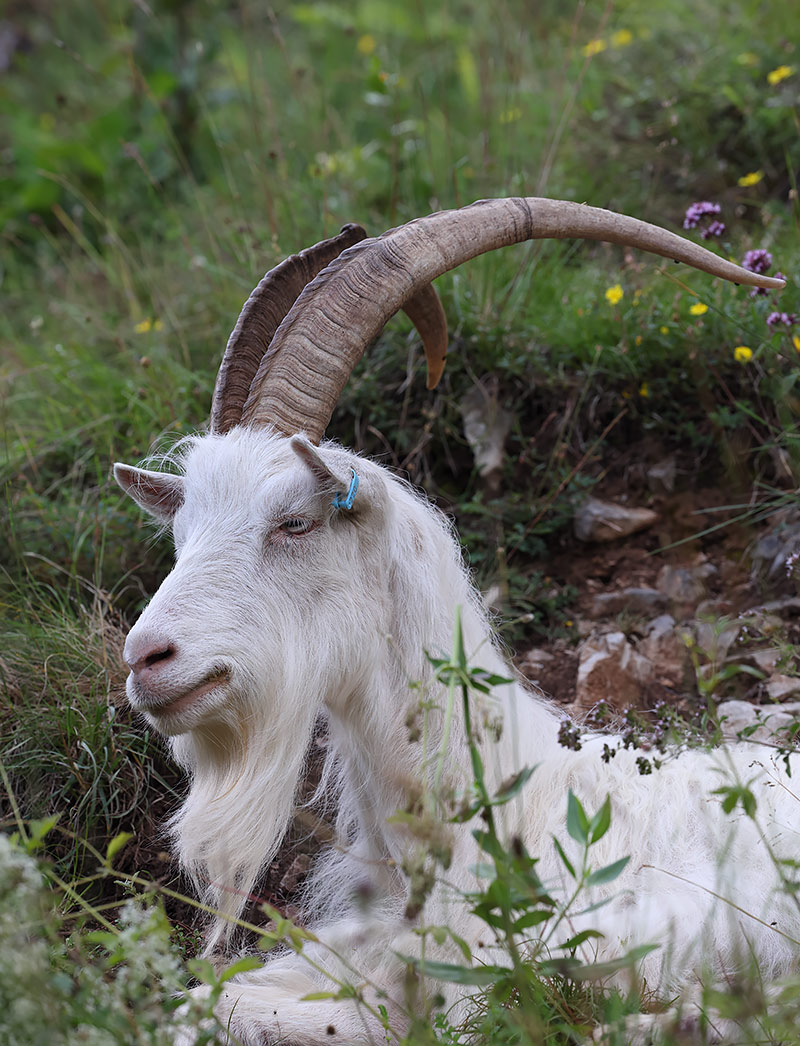
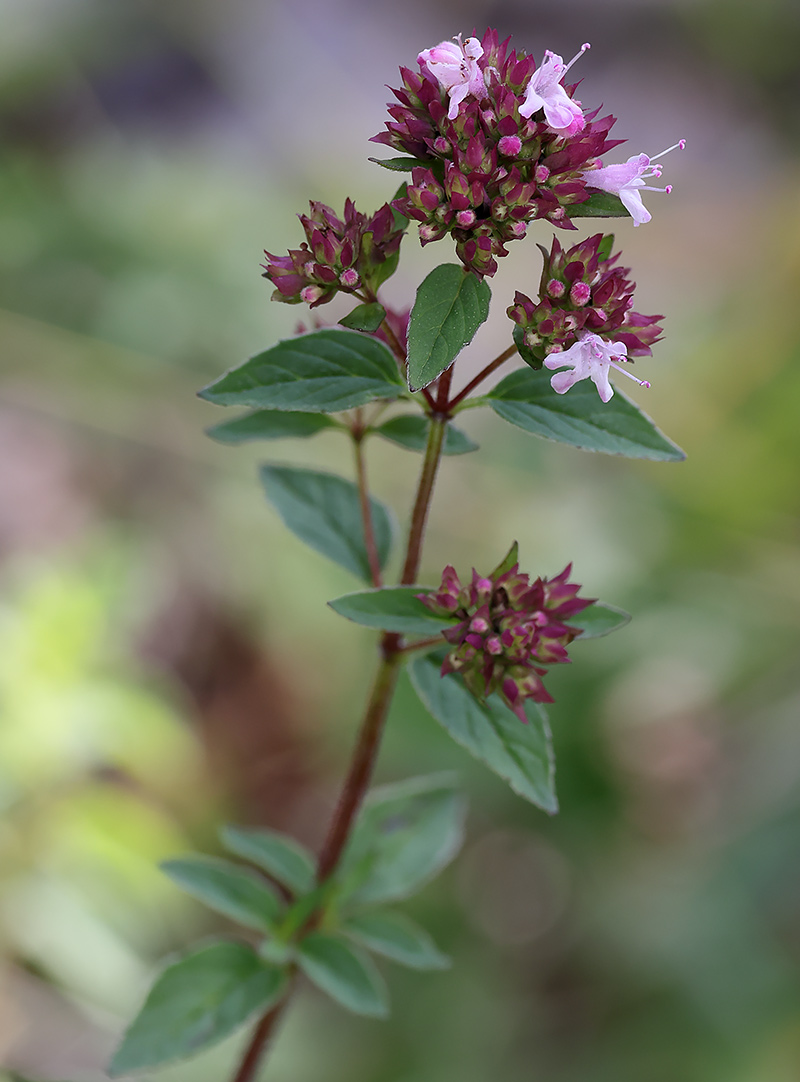
Introduced purple toadflax grows in the gully.
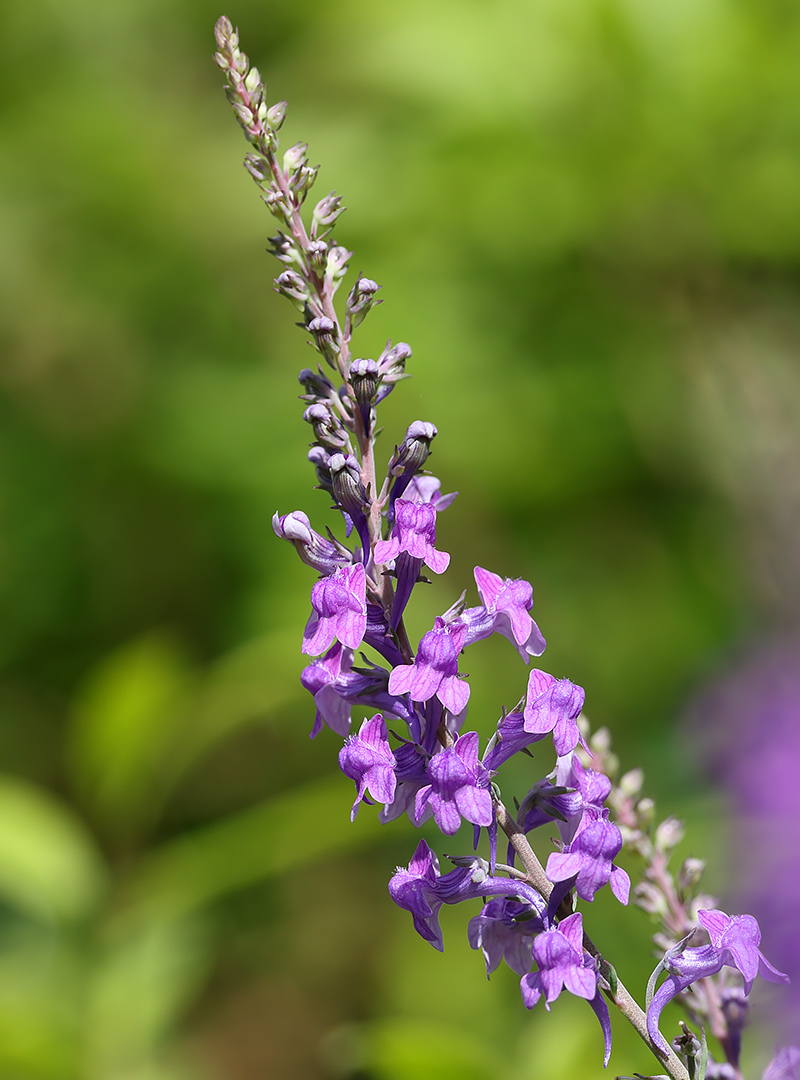
Above the gully is a cliff face with some great plants - musk thistle, small scabious, basil thyme and the Bristol onion aka round-headed leek, a species only found in the Gorge in the UK.
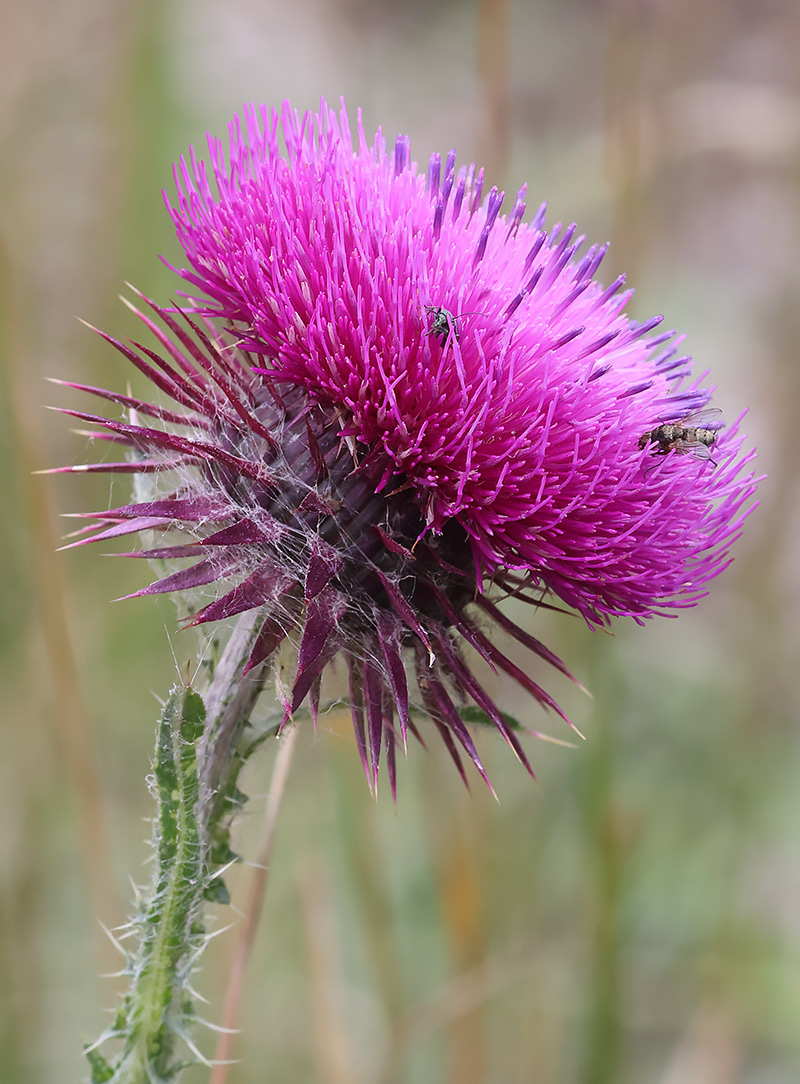
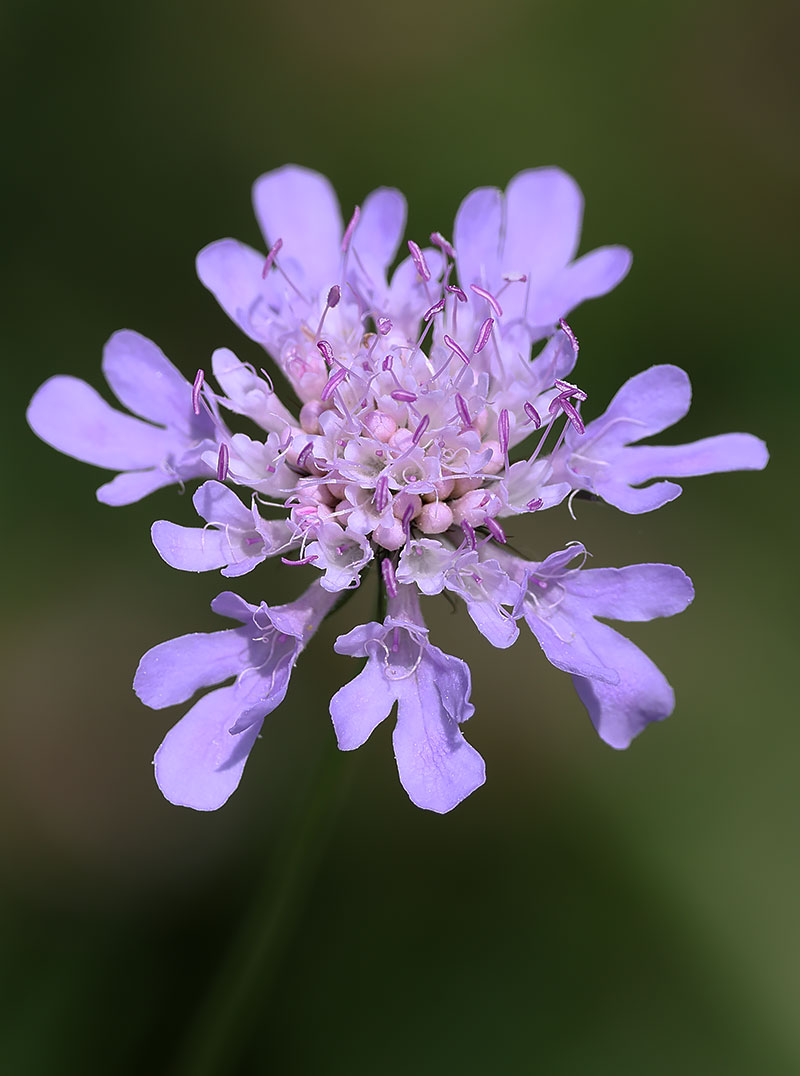
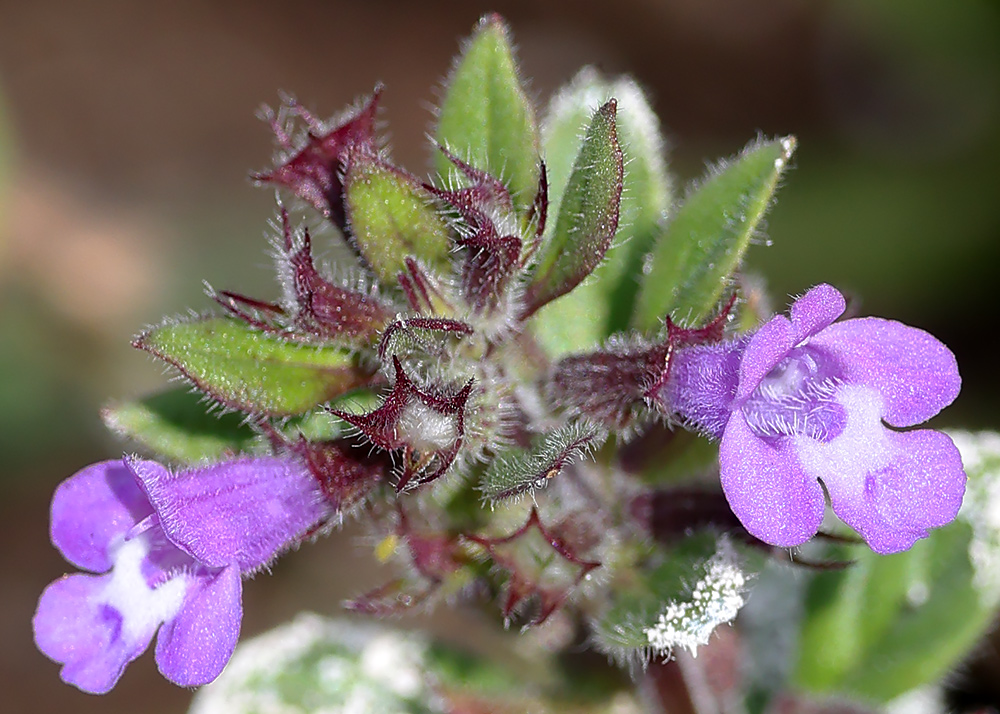
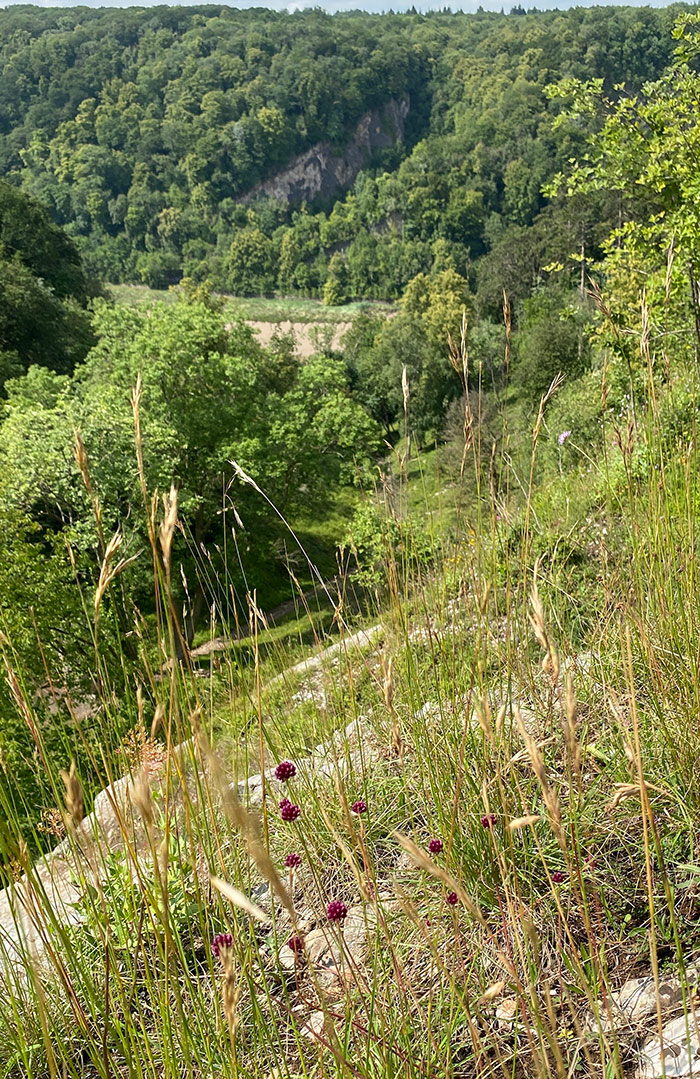
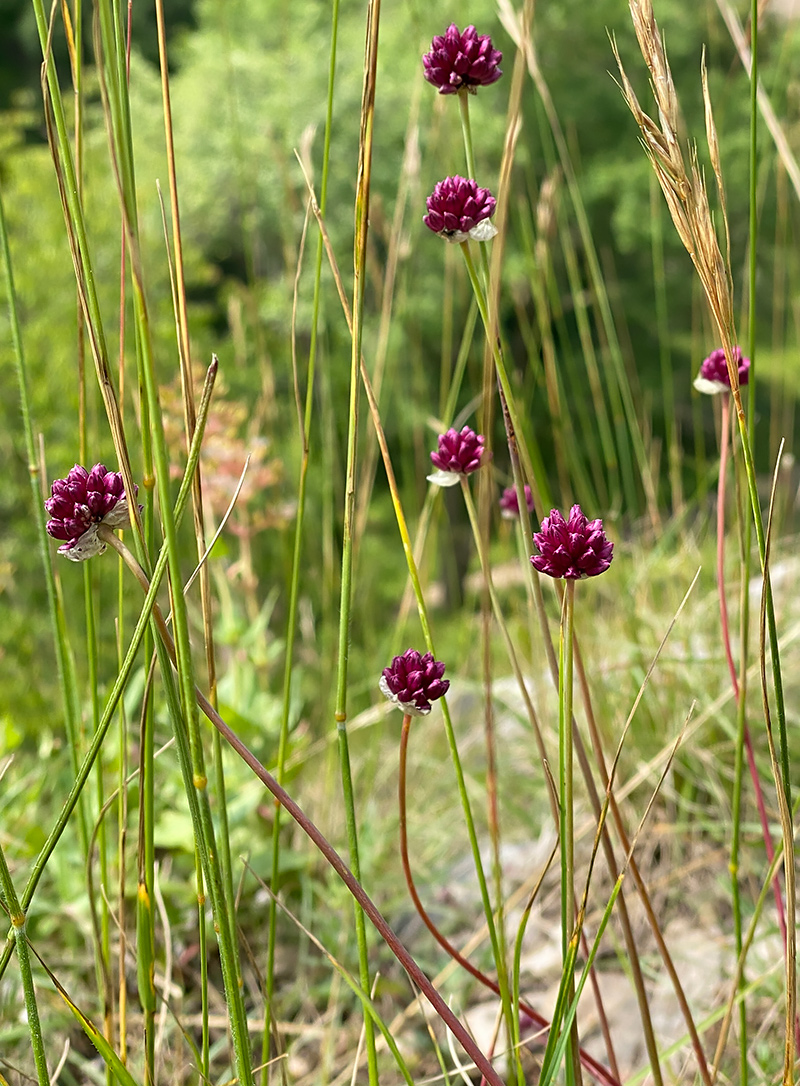
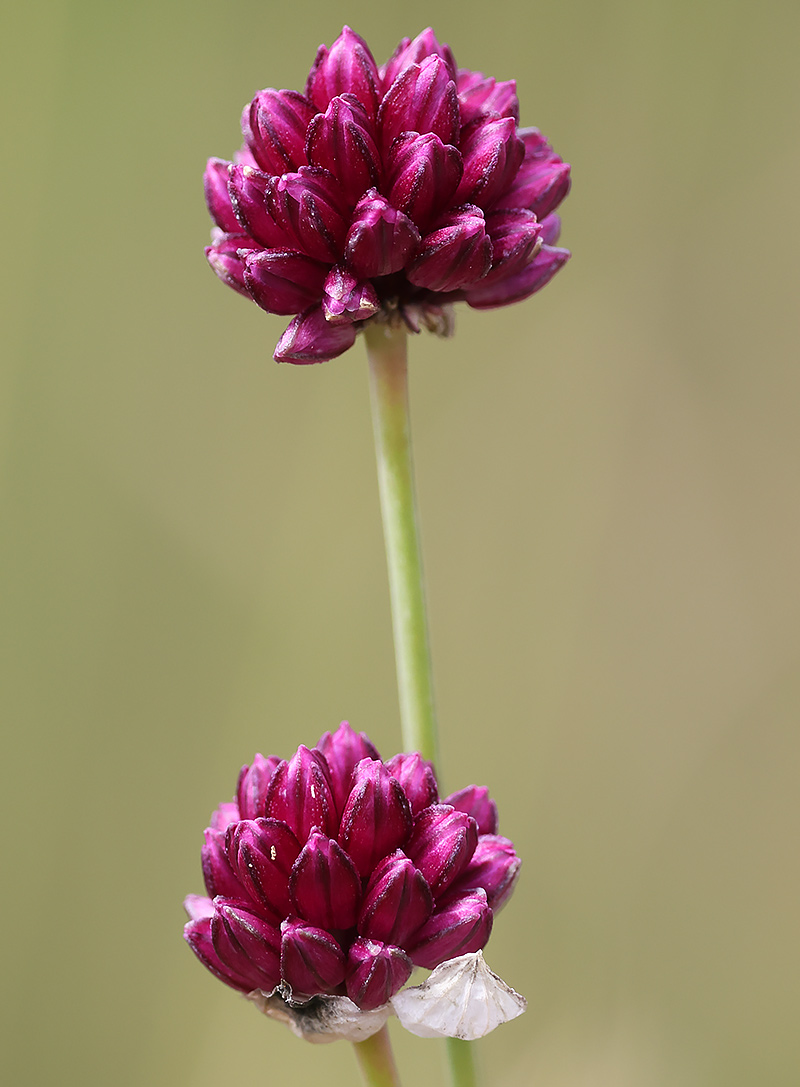
4th. The Avon Gorge continues to deliver. The spiked speedwell is in flower. I assume the broomrape is ivy broomrape with its long bracts (and it is growing in ivy)!

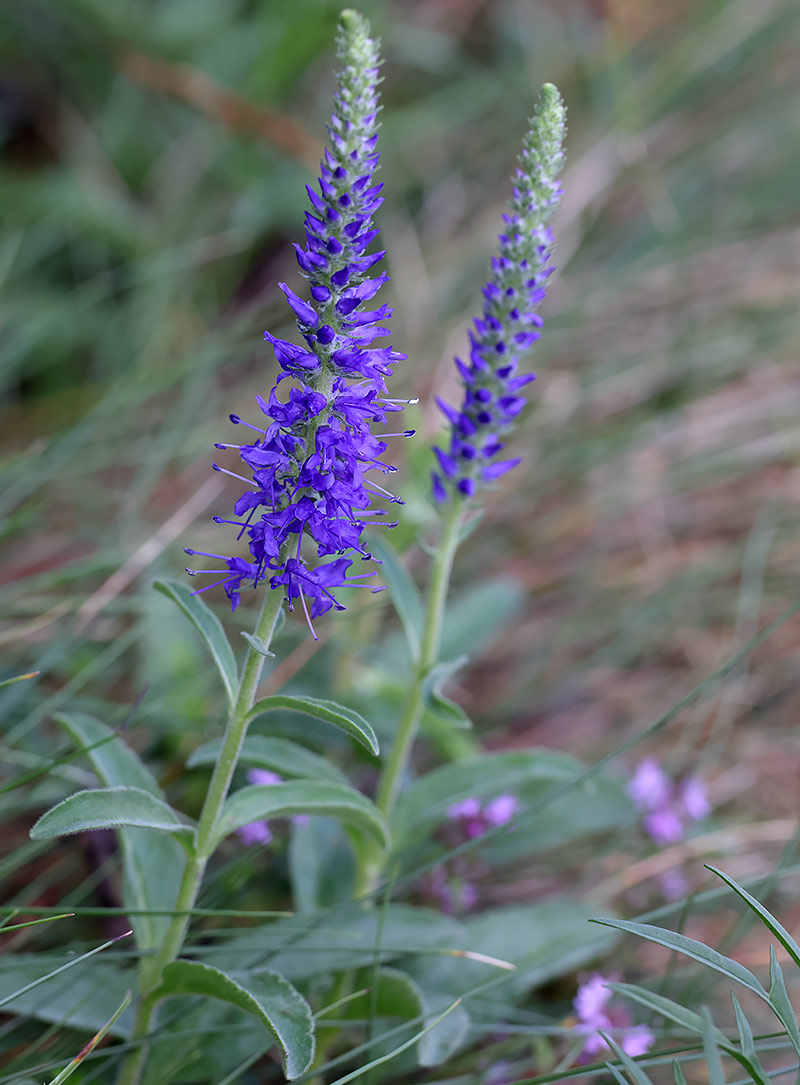
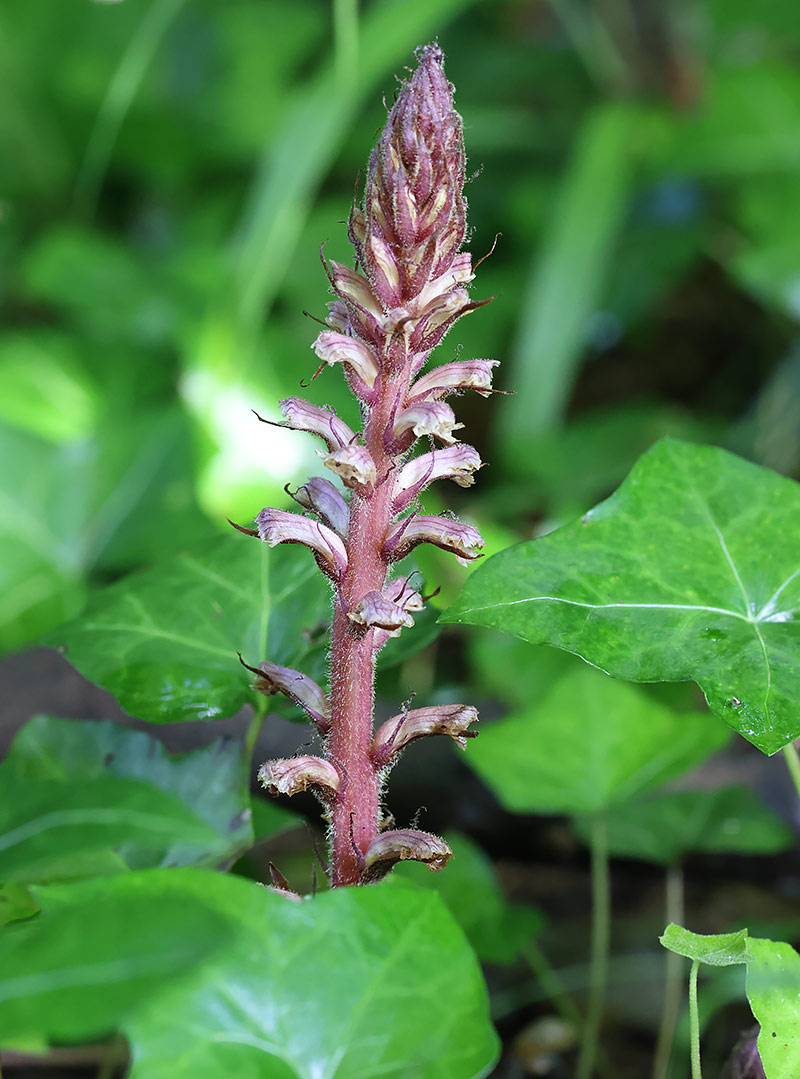
Fledgling kestrels are practising their flight and feeding skills near the observatory. Parents are still coming back to the cliffs to fed them from time to time, and they pounce on the ground close to passers-by to catch insect larvae.
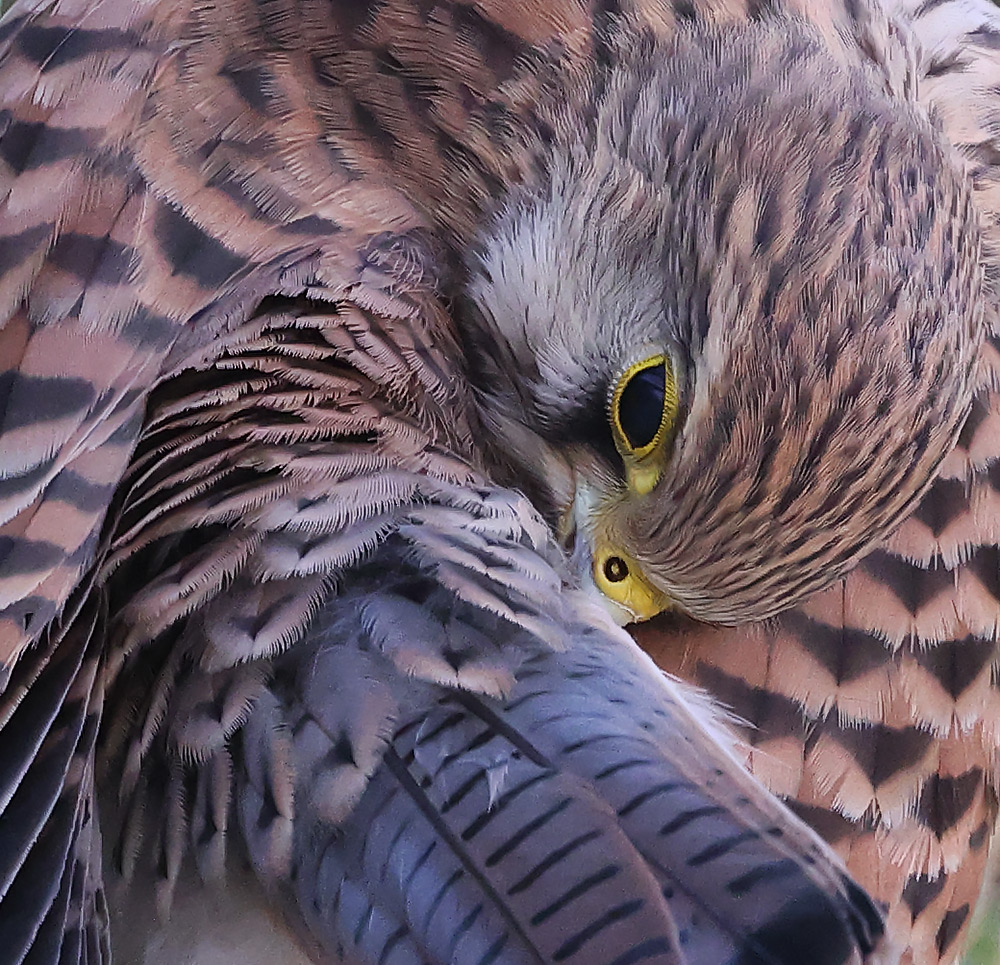
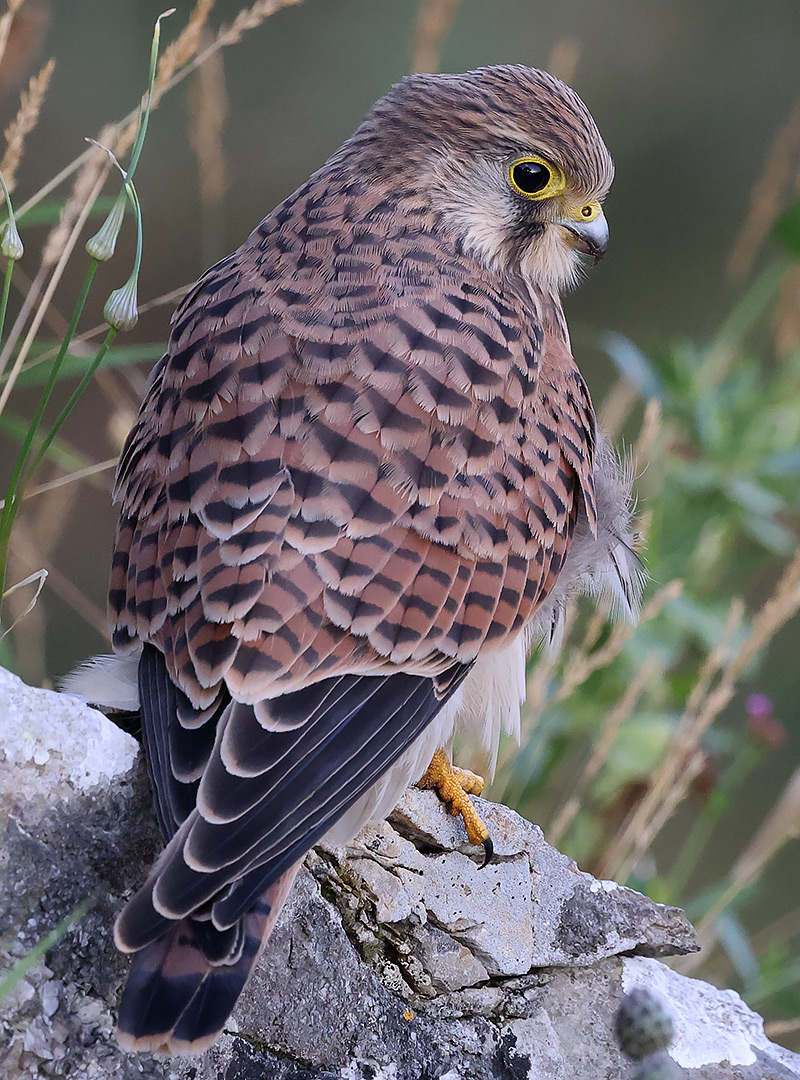
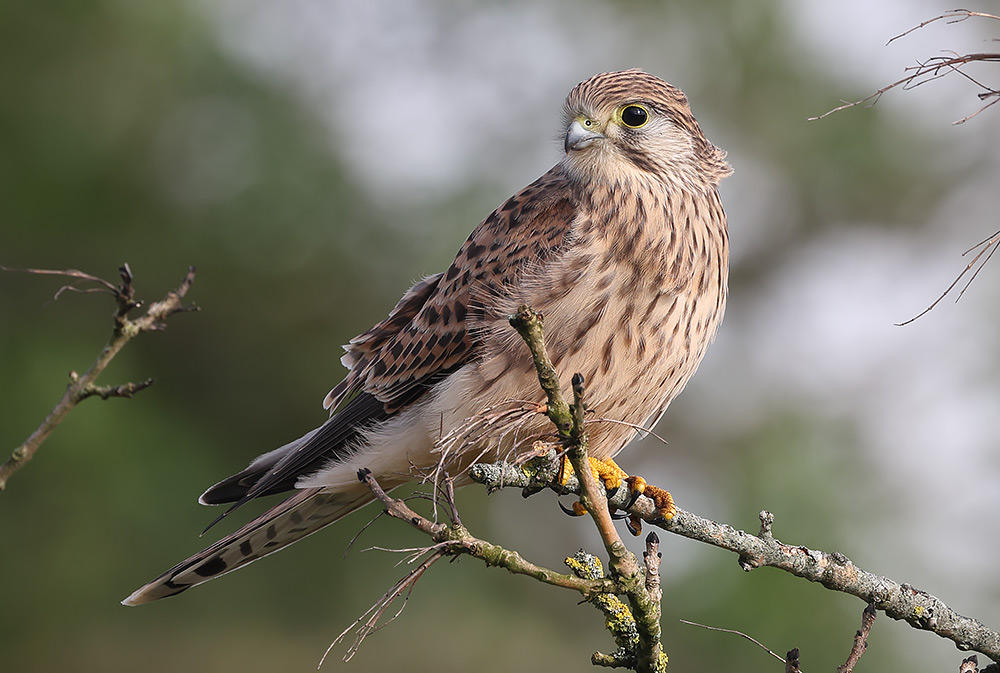
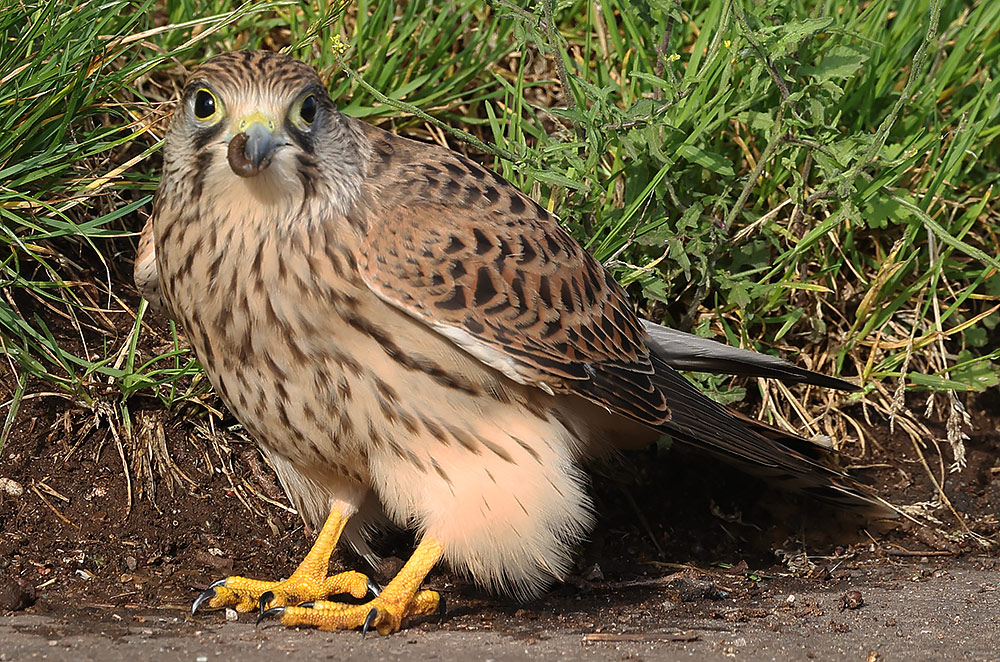
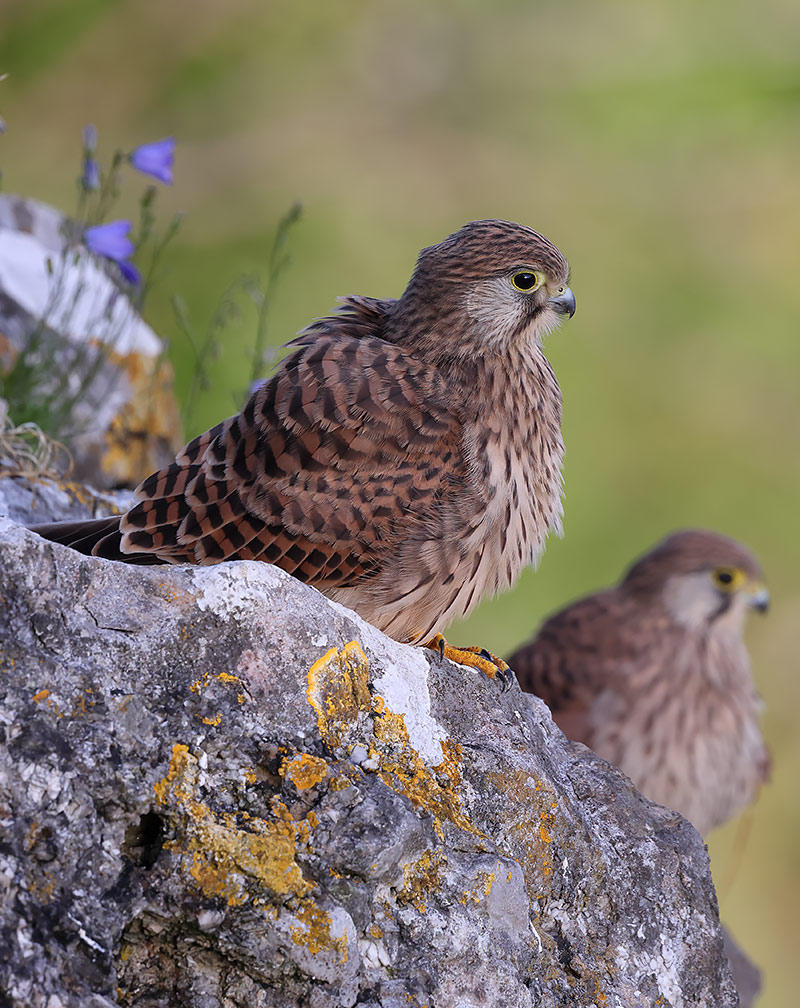
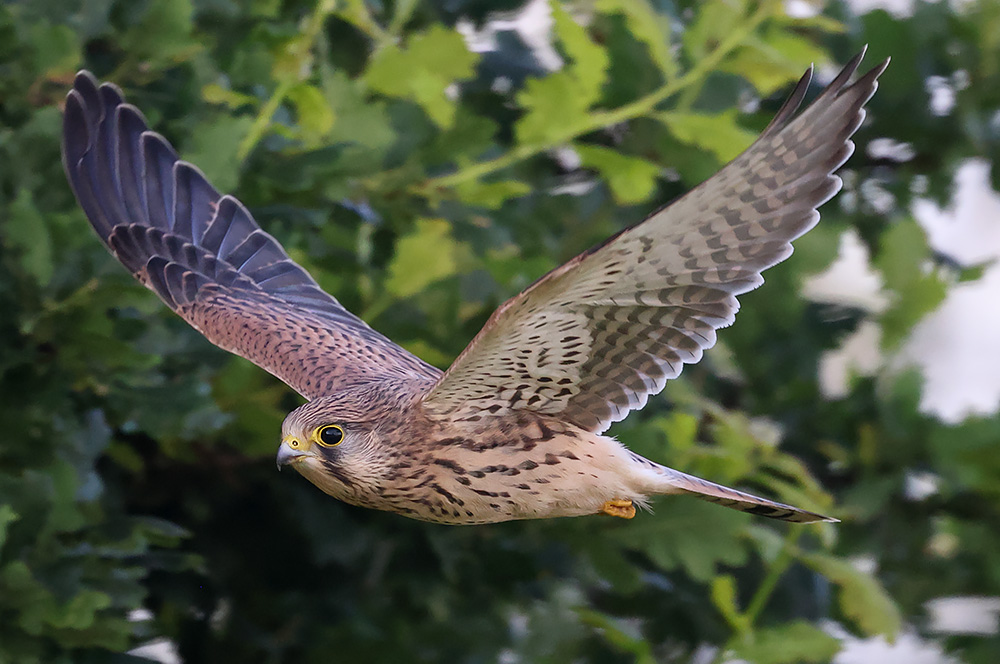
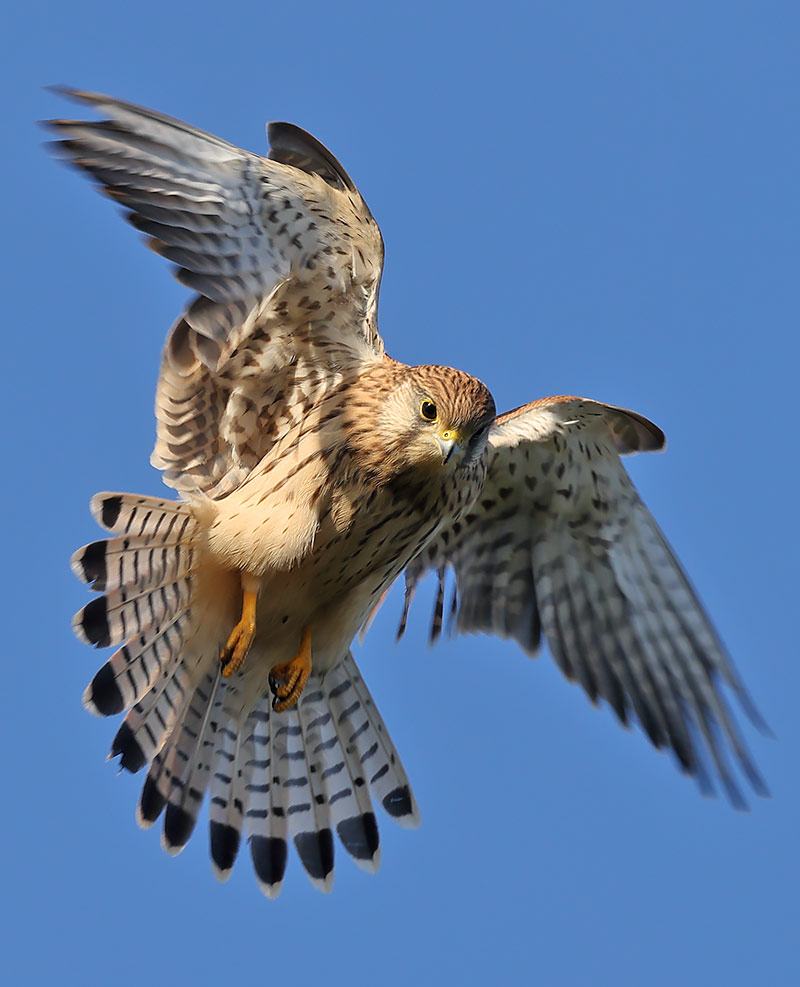
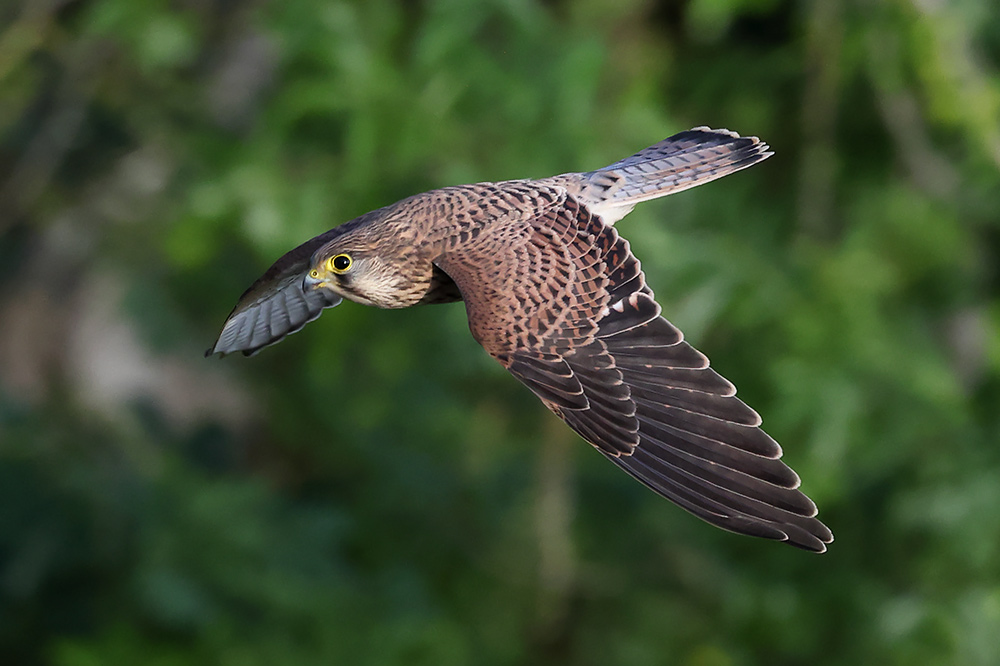
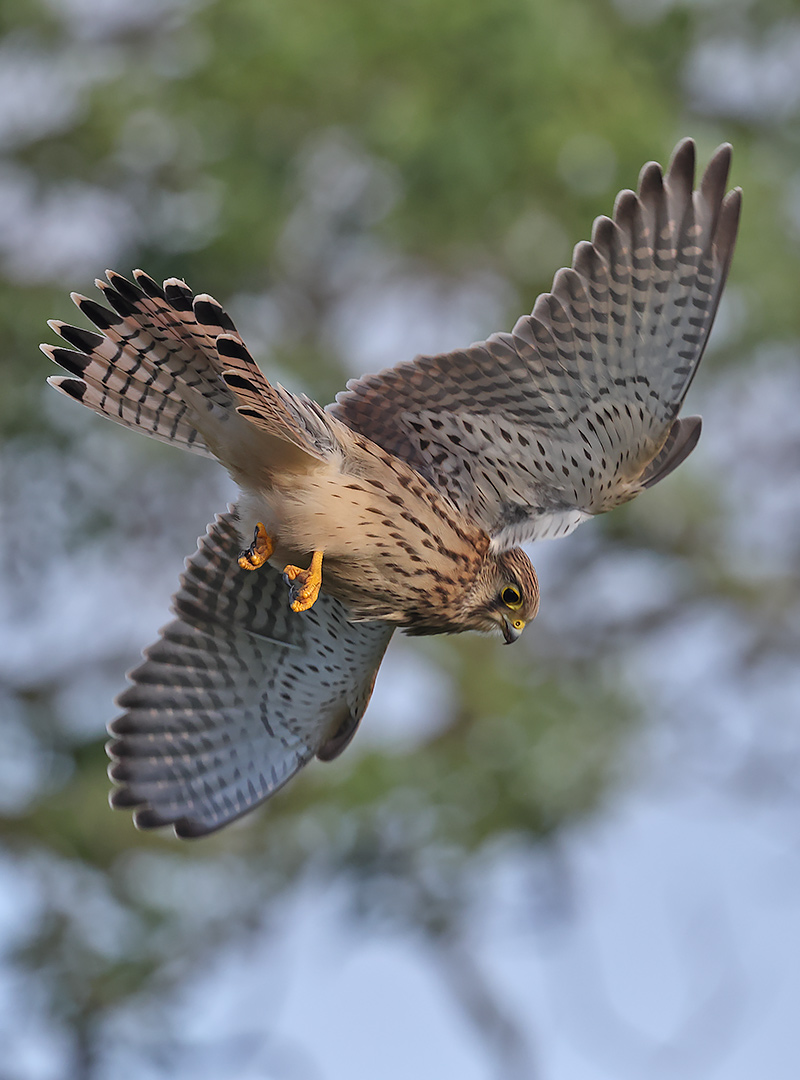
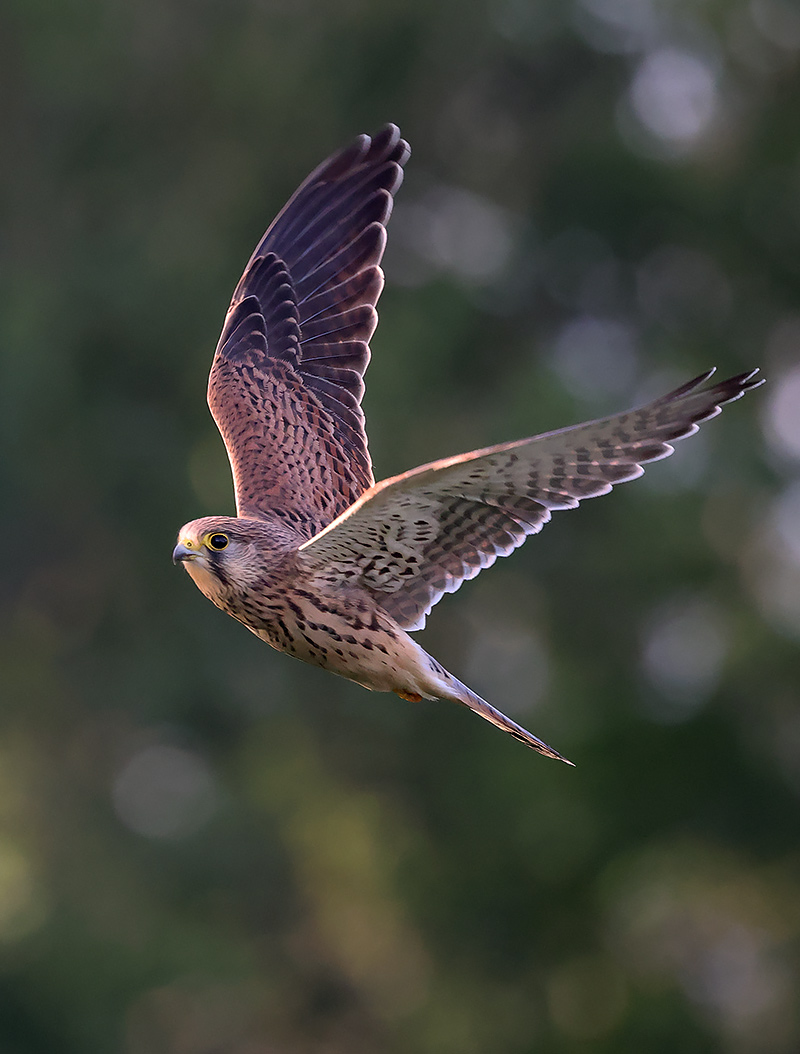
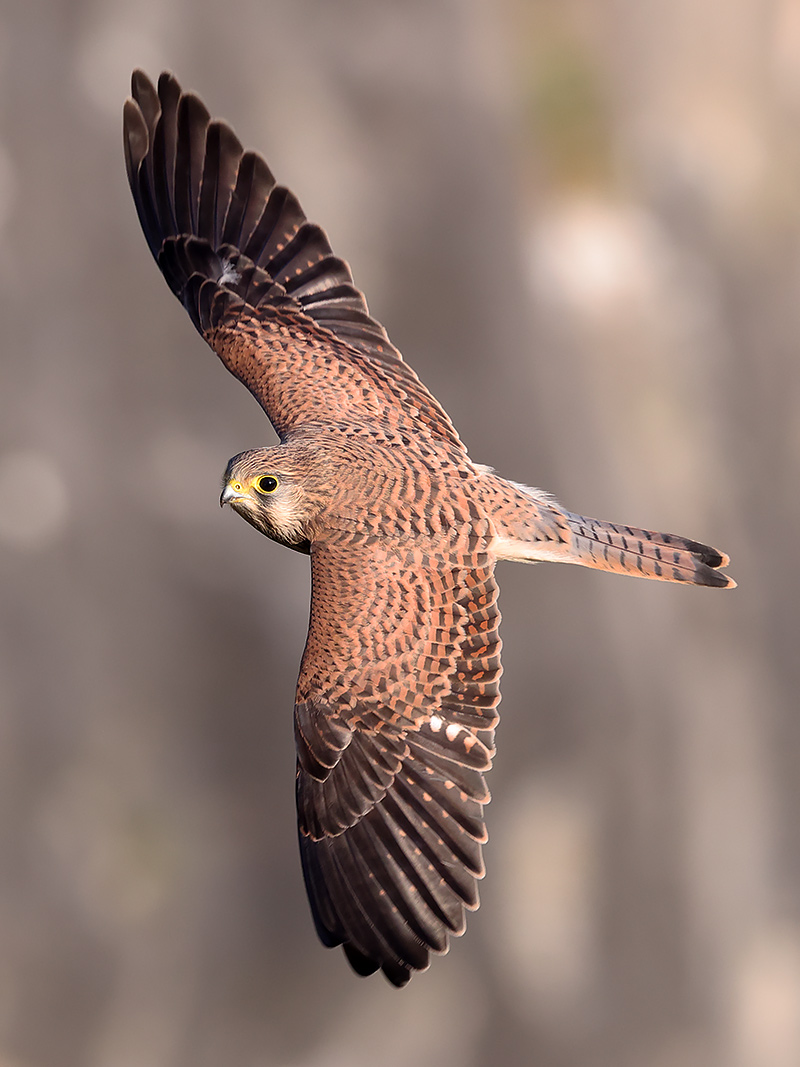
3rd. Slimbridge WWT. Red kite near Gossington on the way. Plants included flowering rush, a magnificent field of ox-eye daisies and what appears to be a white form of marsh fragrant orchid.
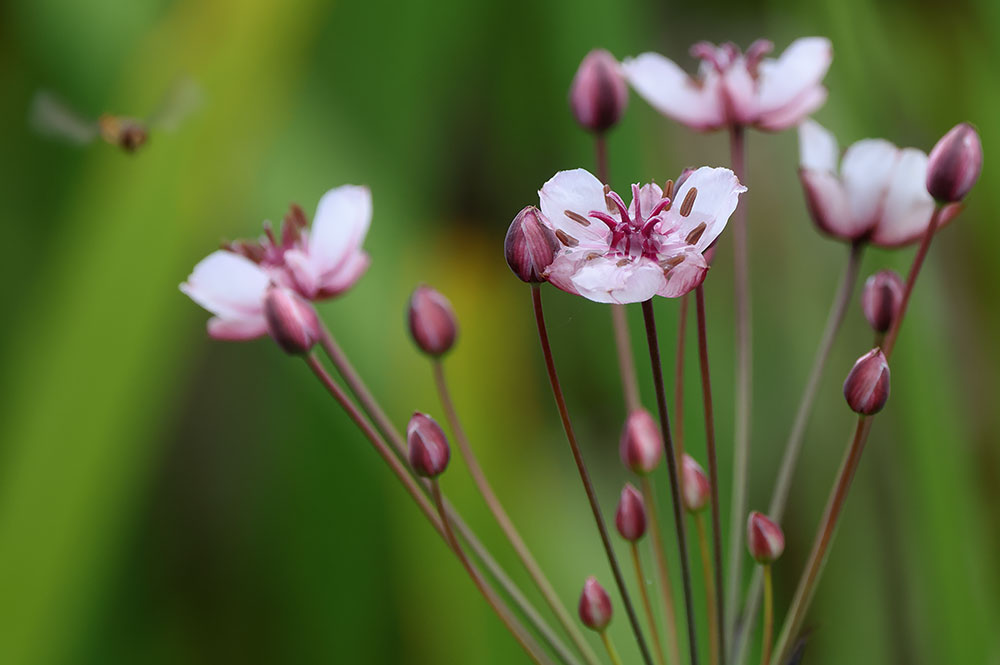
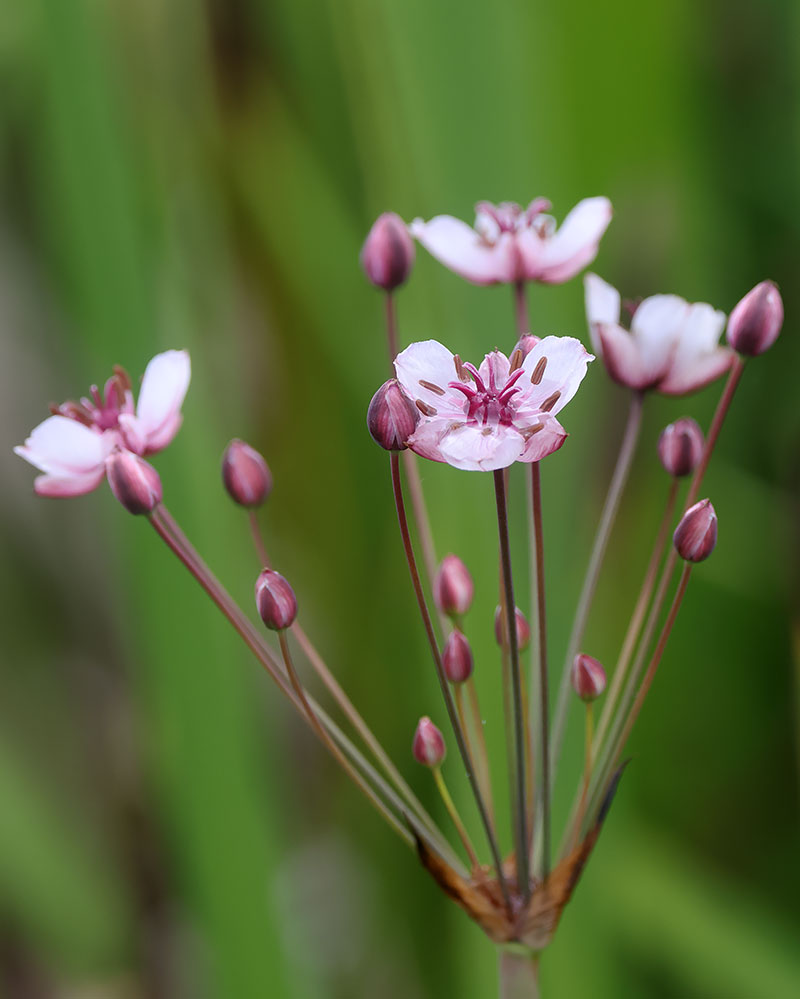
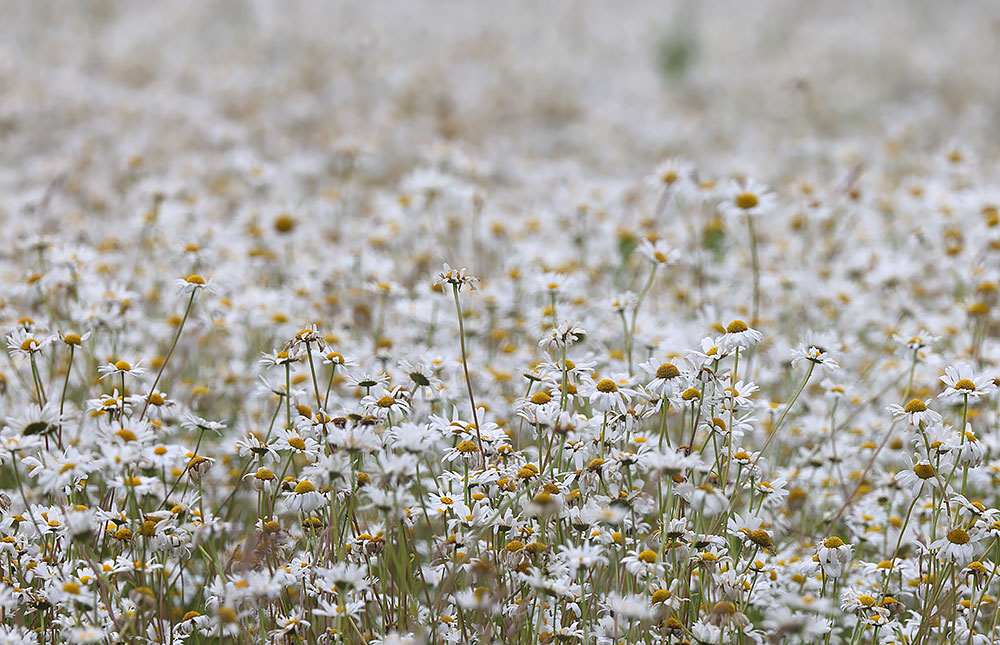
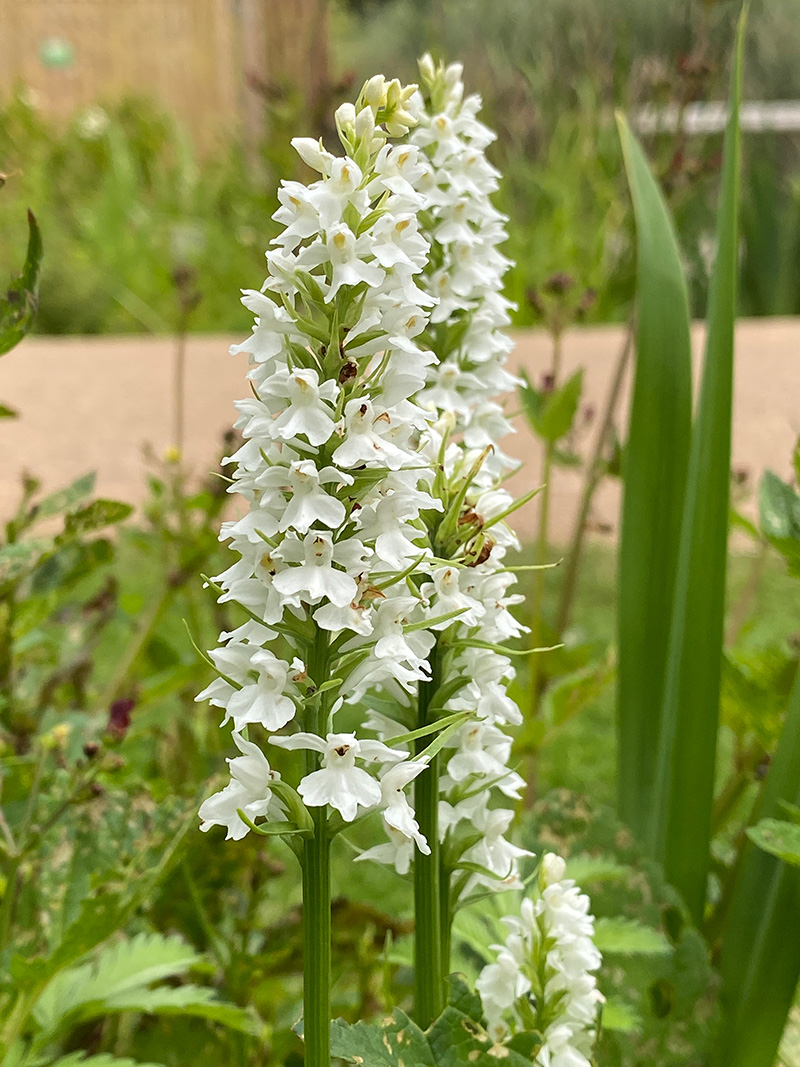
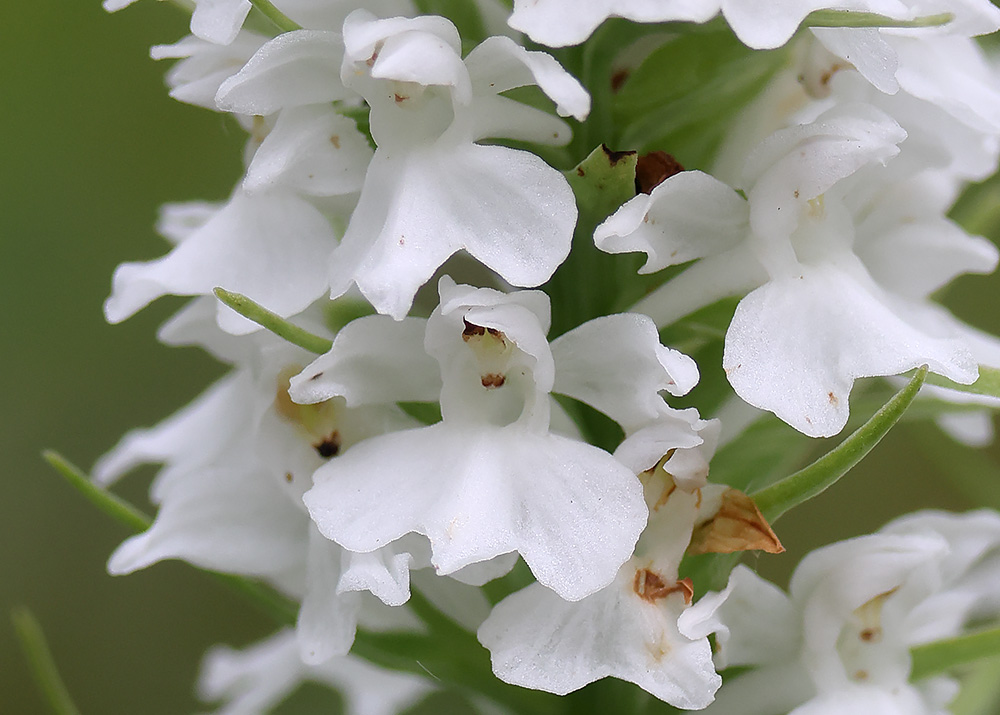
Butterflies included marbled whites, large skipper and ringlets.
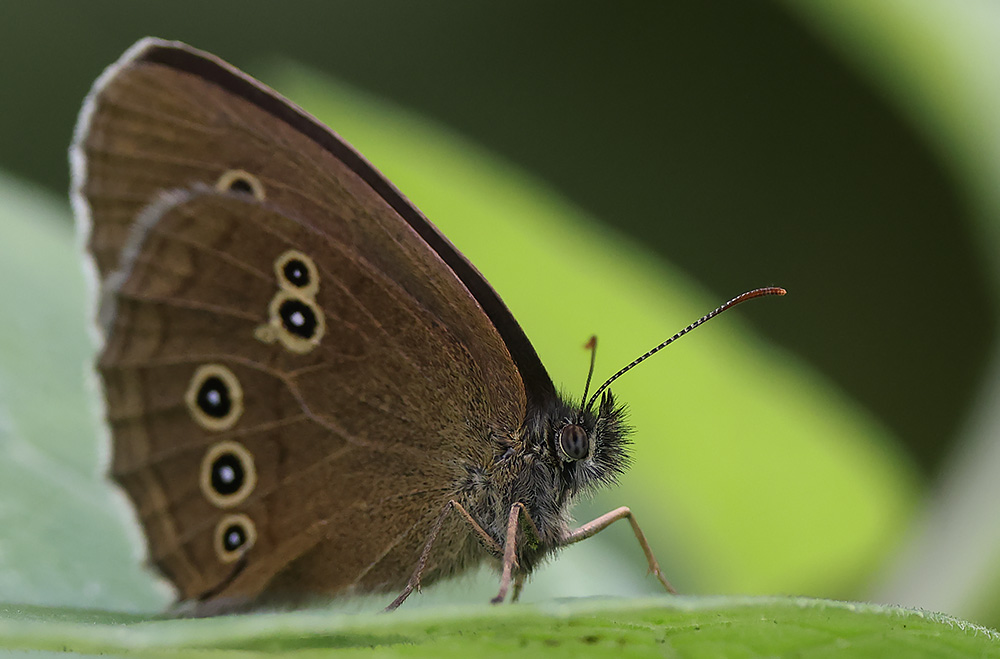
We saw a good variety of birds: ruff, wood sandpiper, and at least 2 cranes. We hard a grasshopper warbler at Middle Point, where the bluethroat had been seen recently. What looked like a South African shelduck was present on South Lake. It was great to see the avocets and little ringed plovers with chicks.
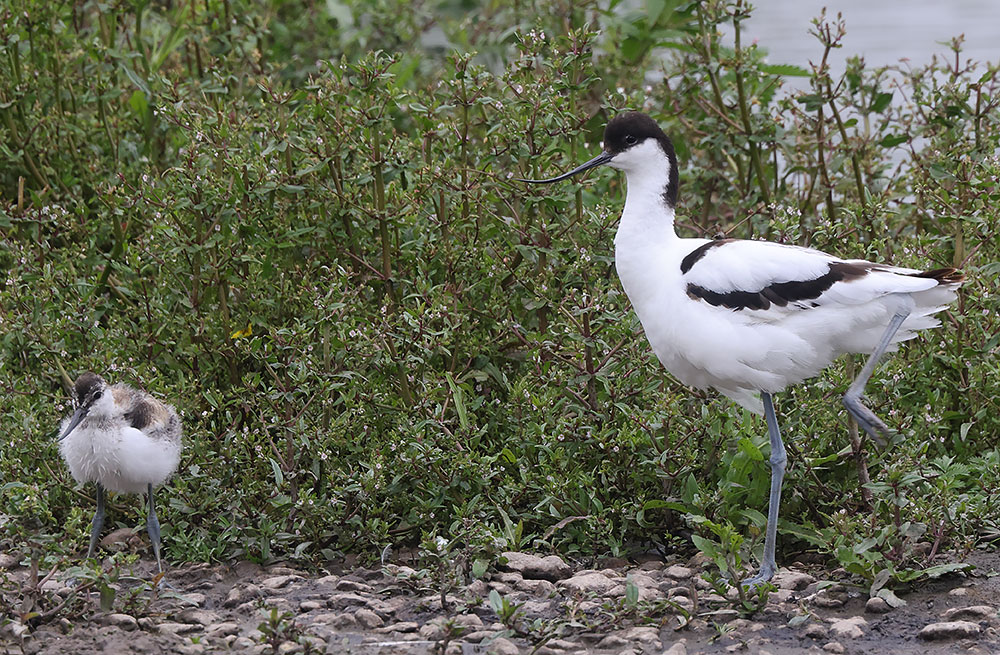
The reed warblers and meadow pipits are carrying a lot of prey for chicks: this meadow pipit caught lots of ladybird larvae.
